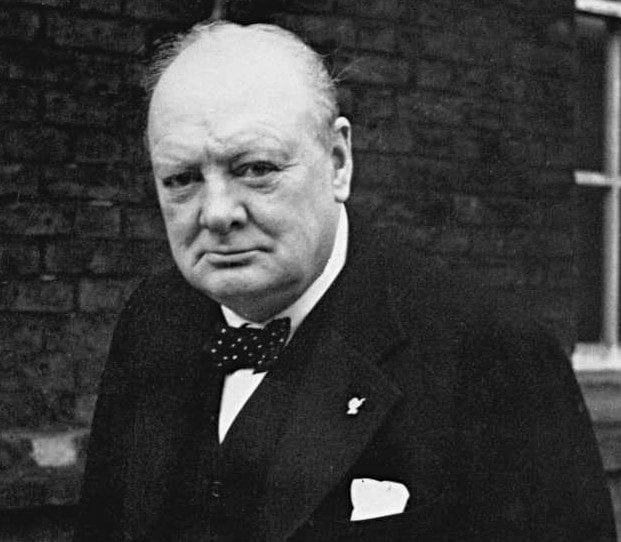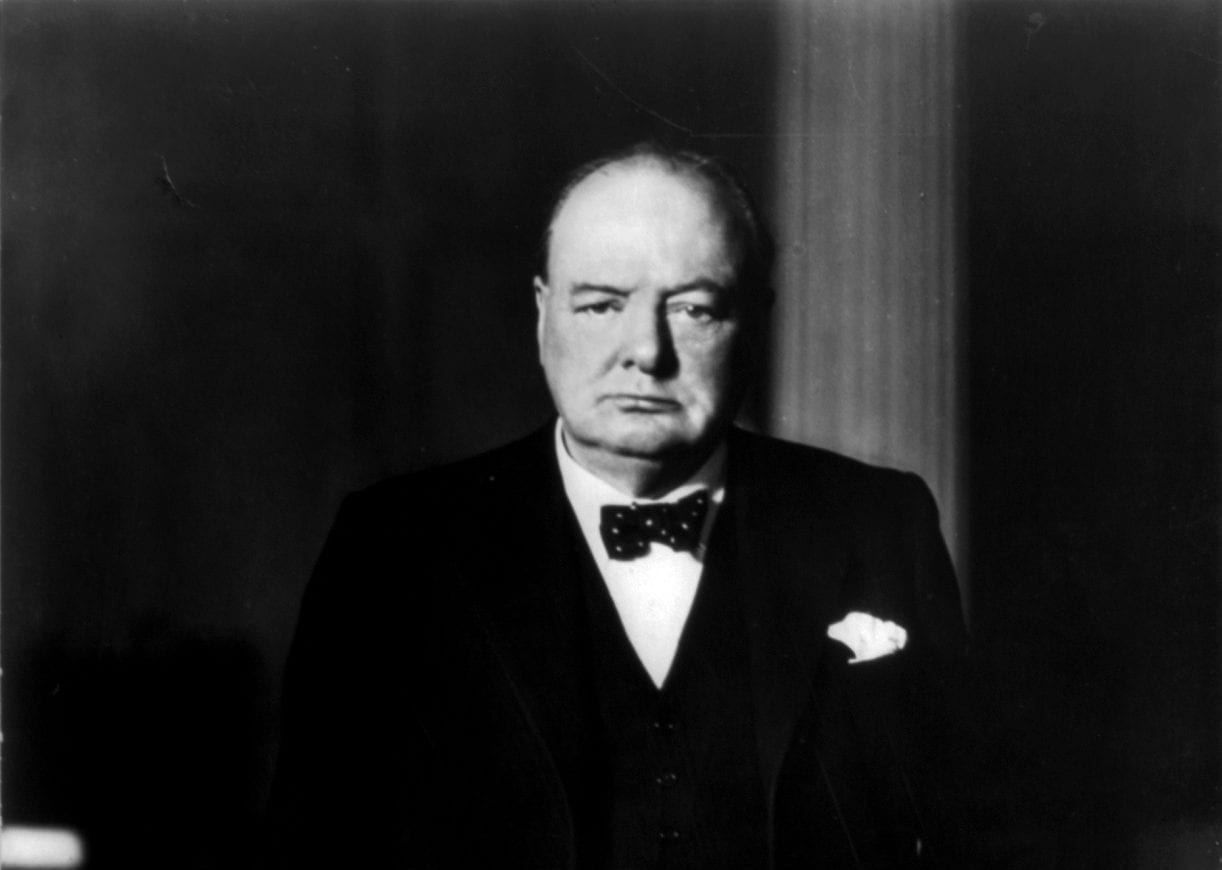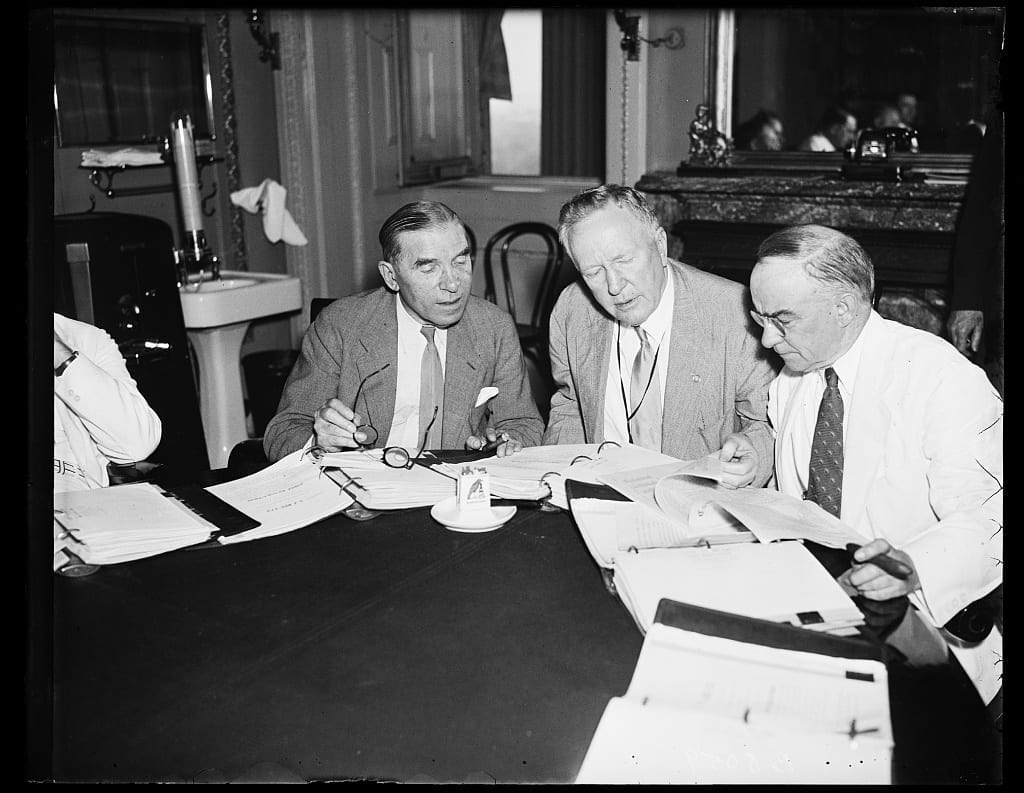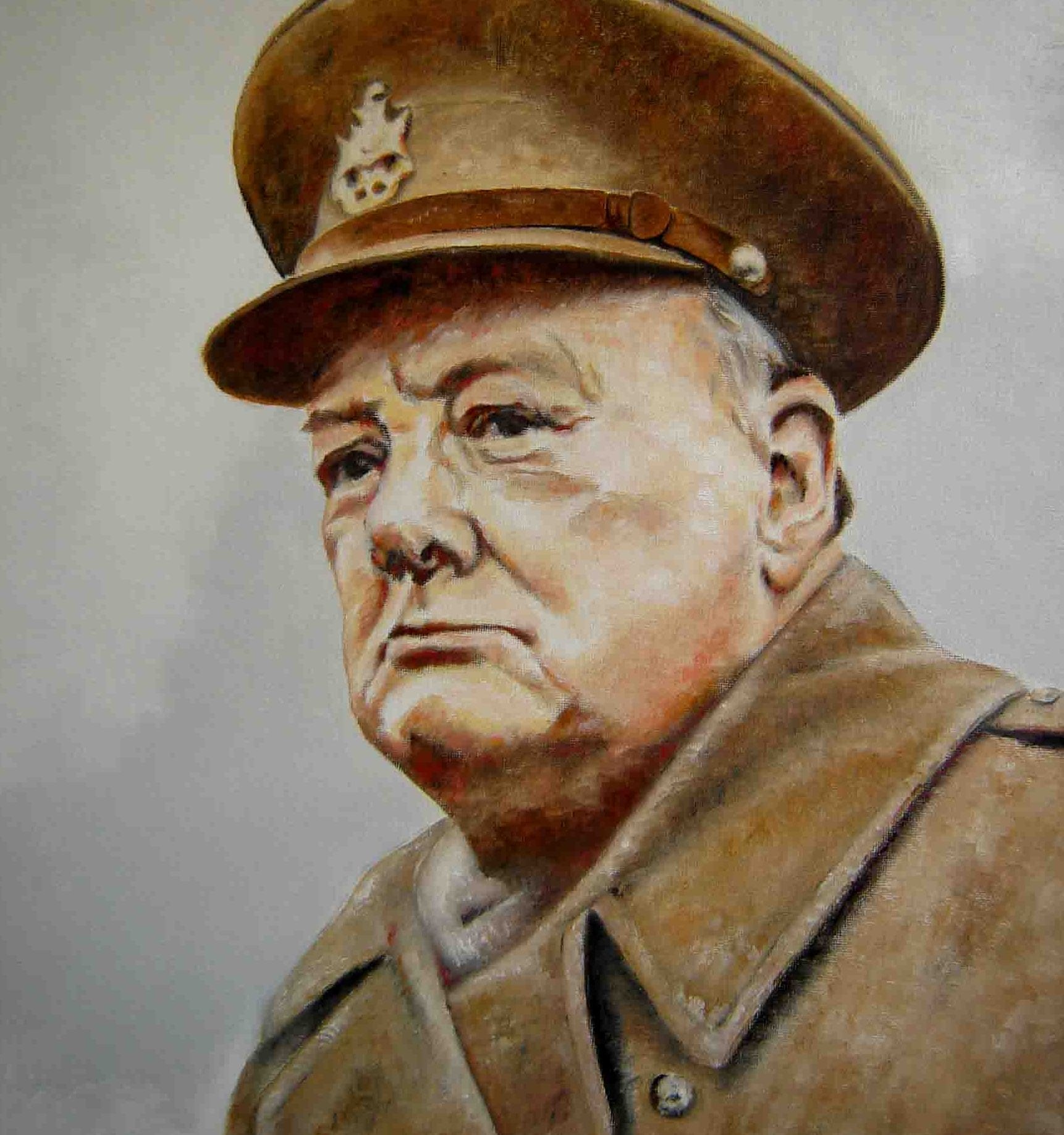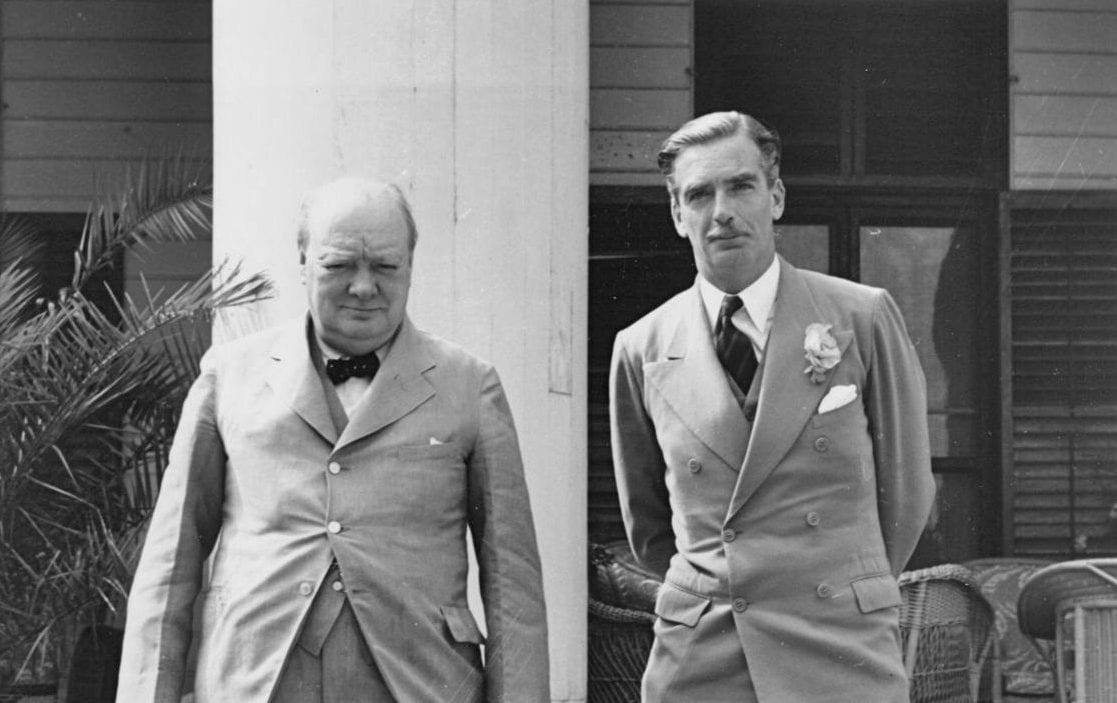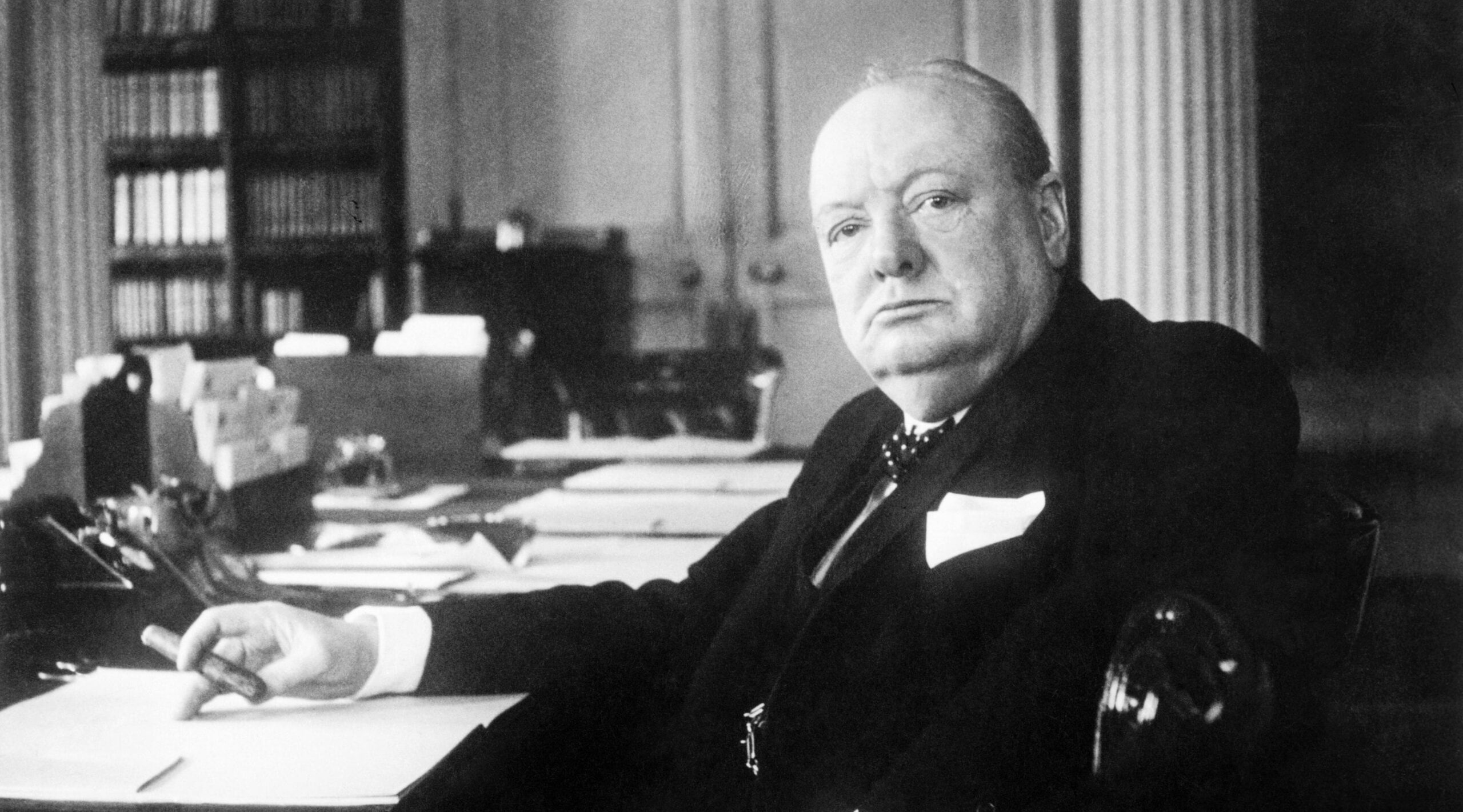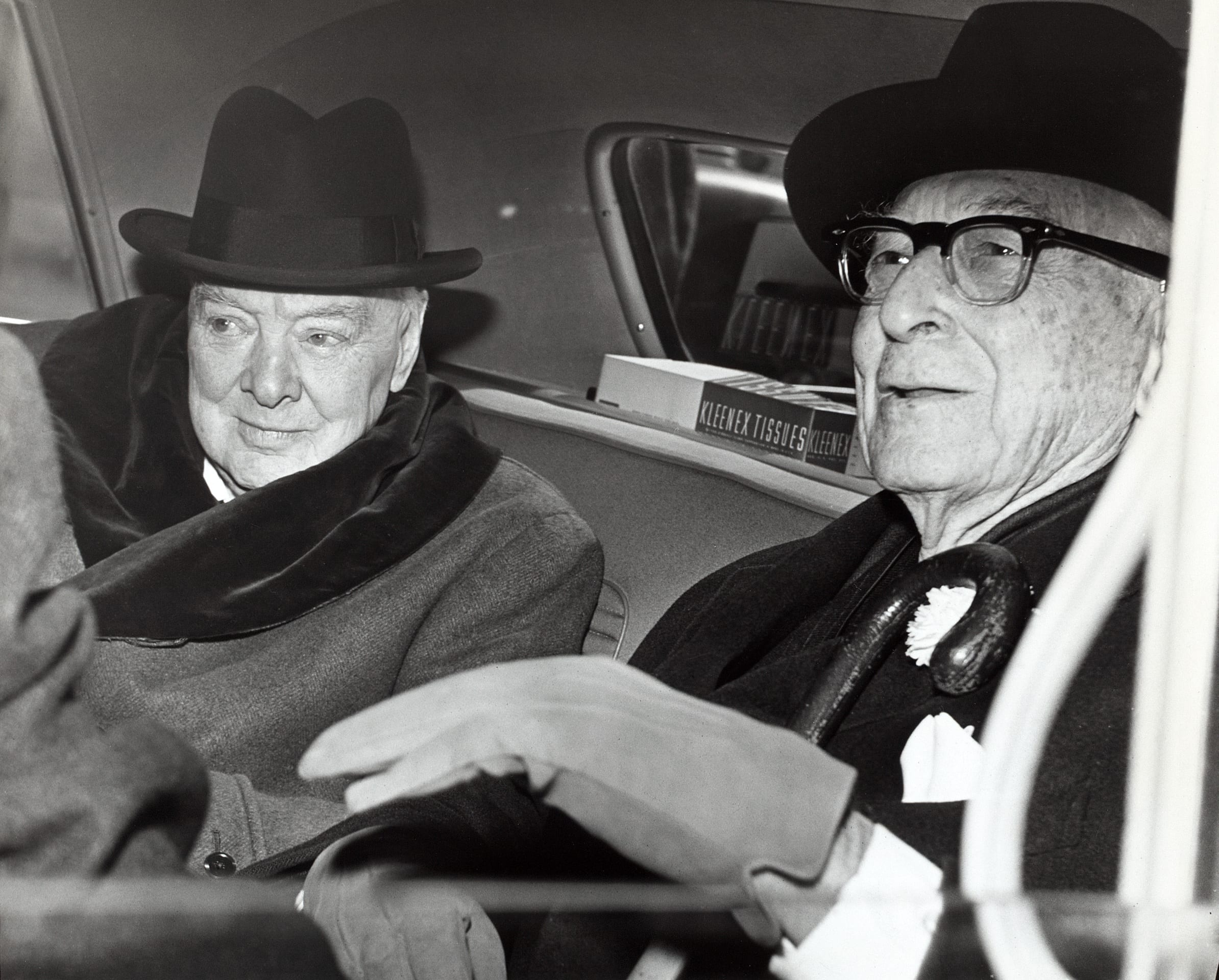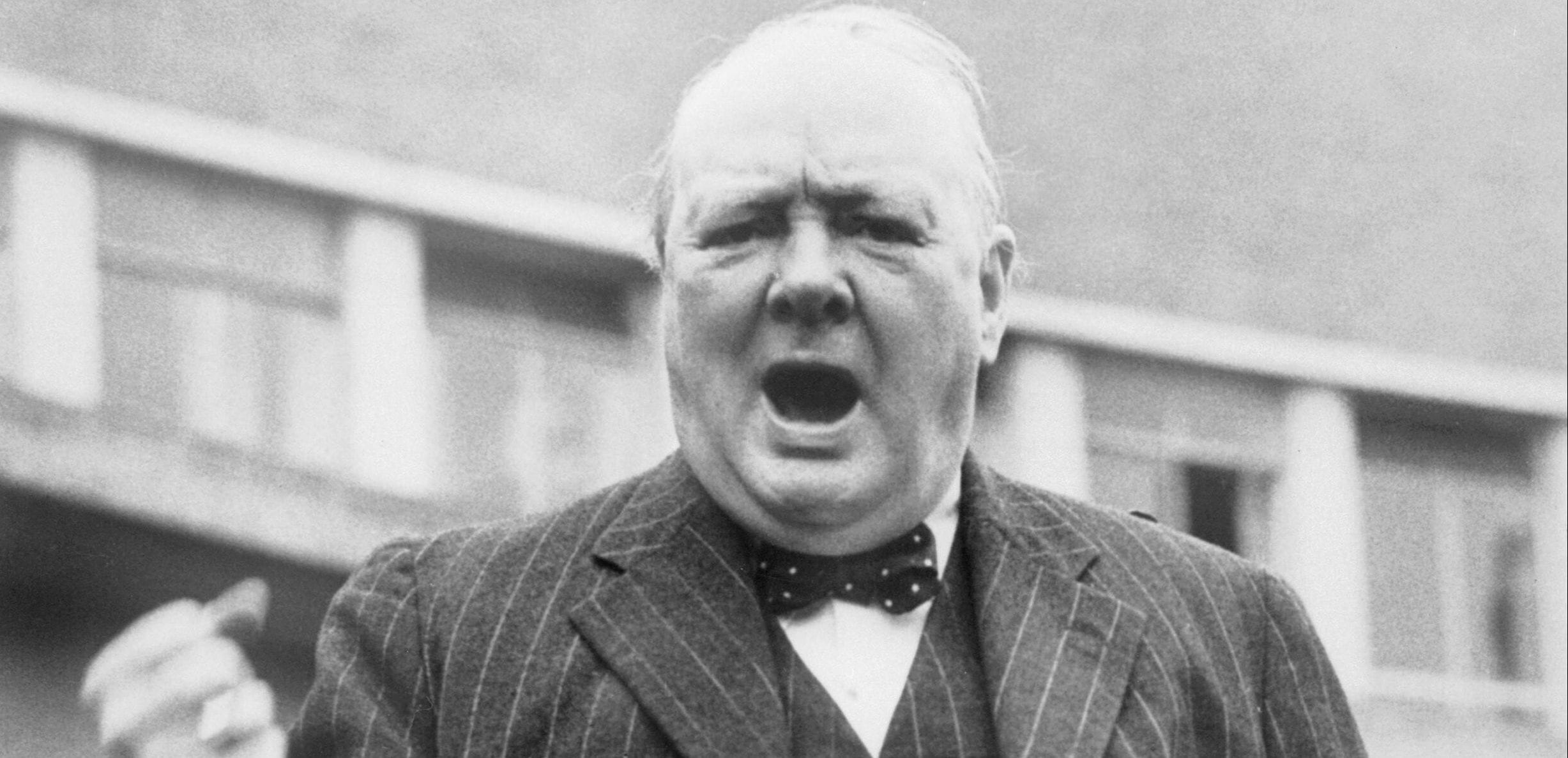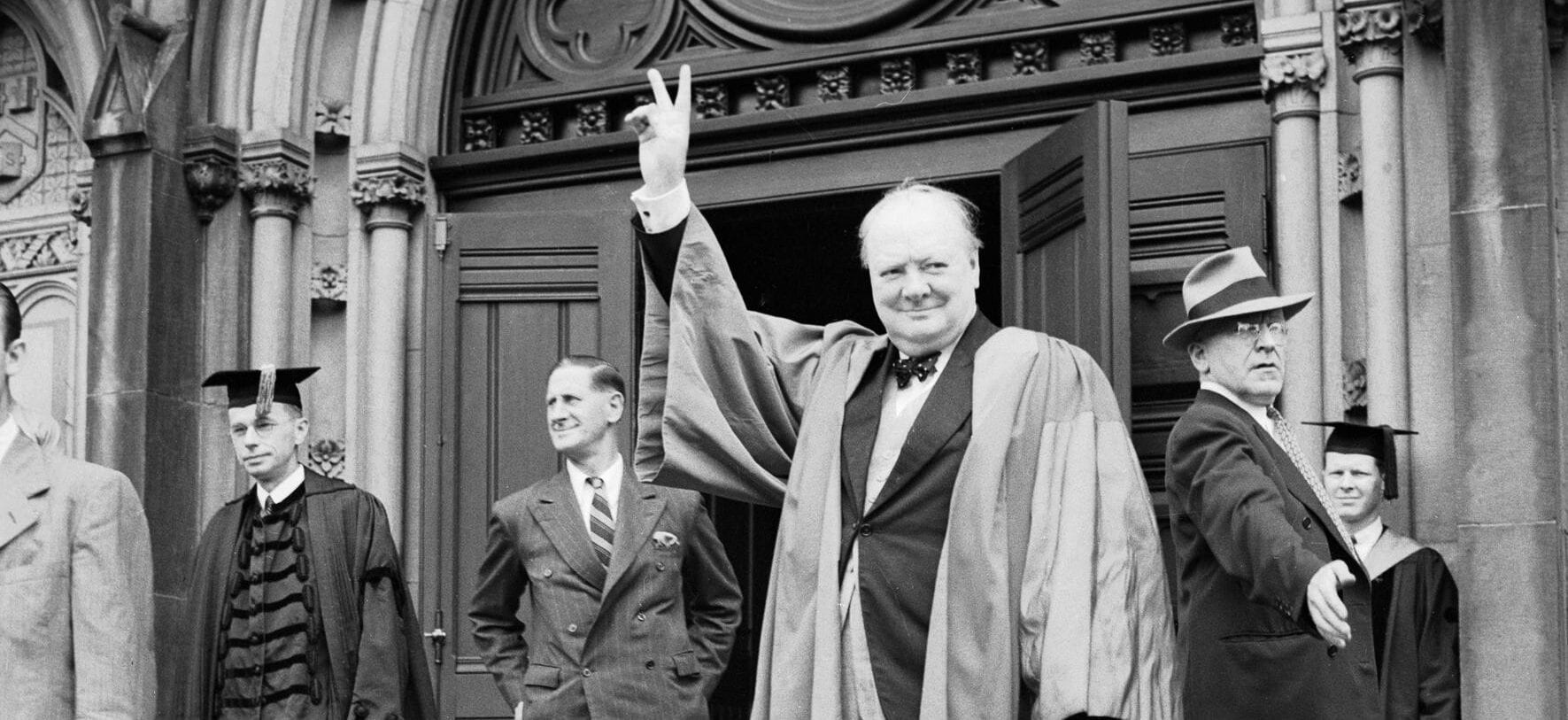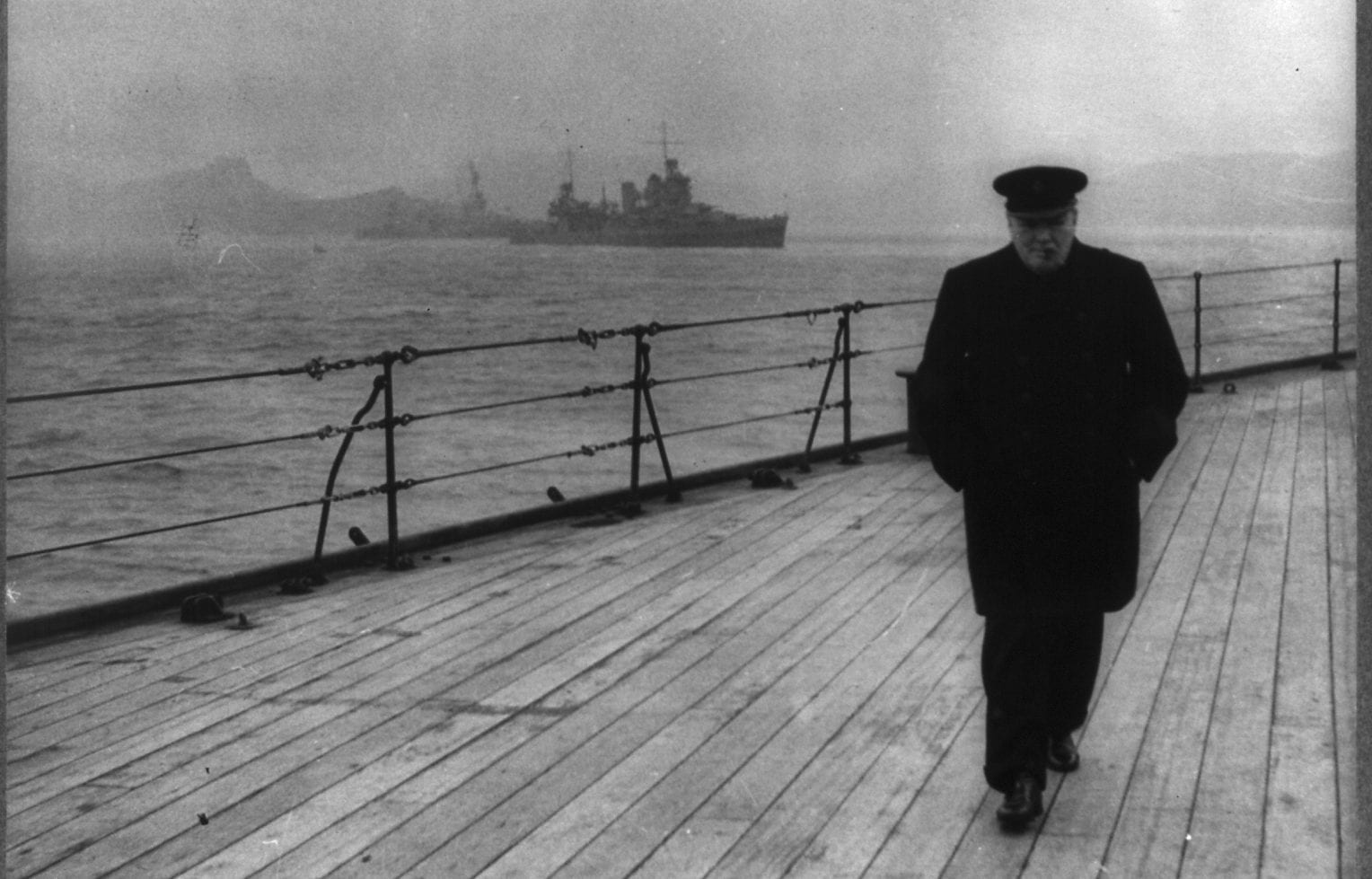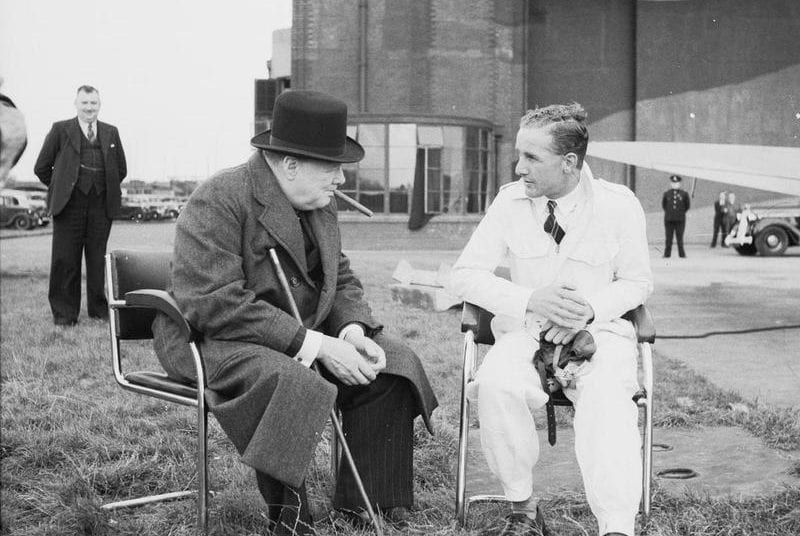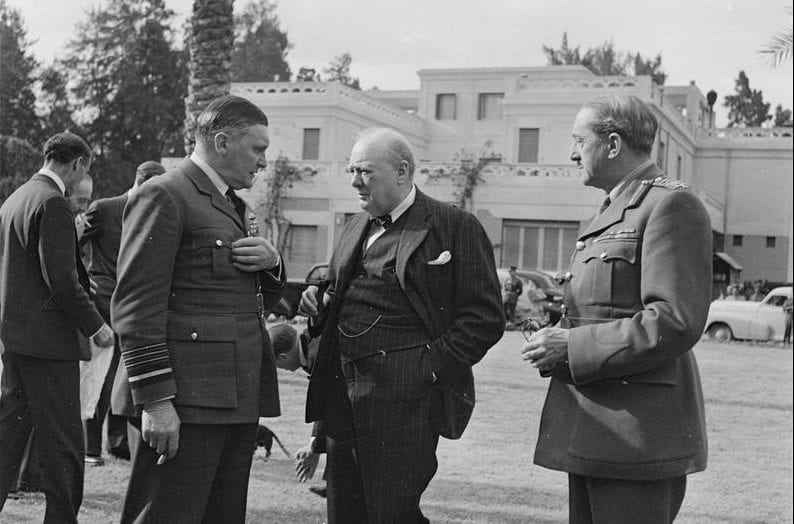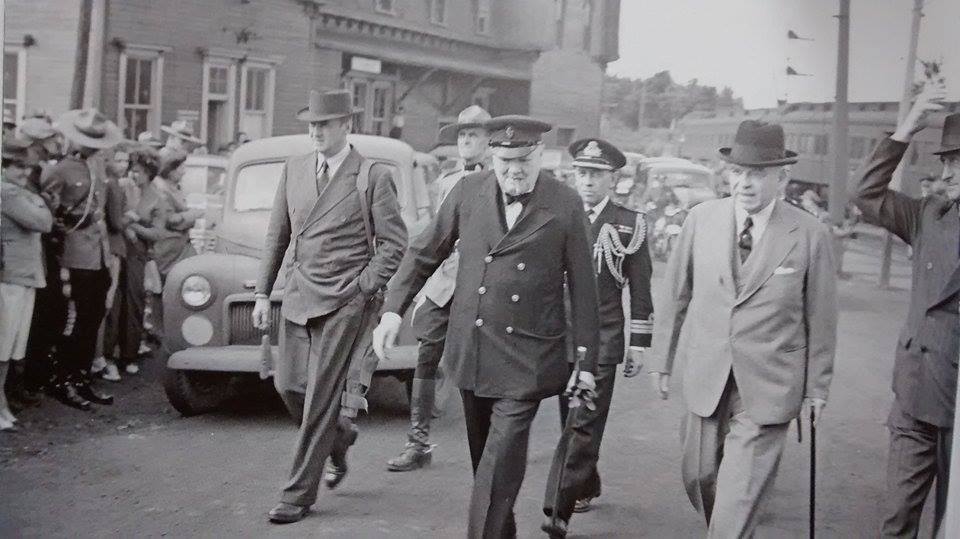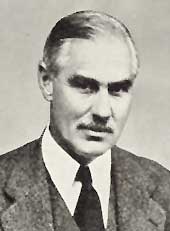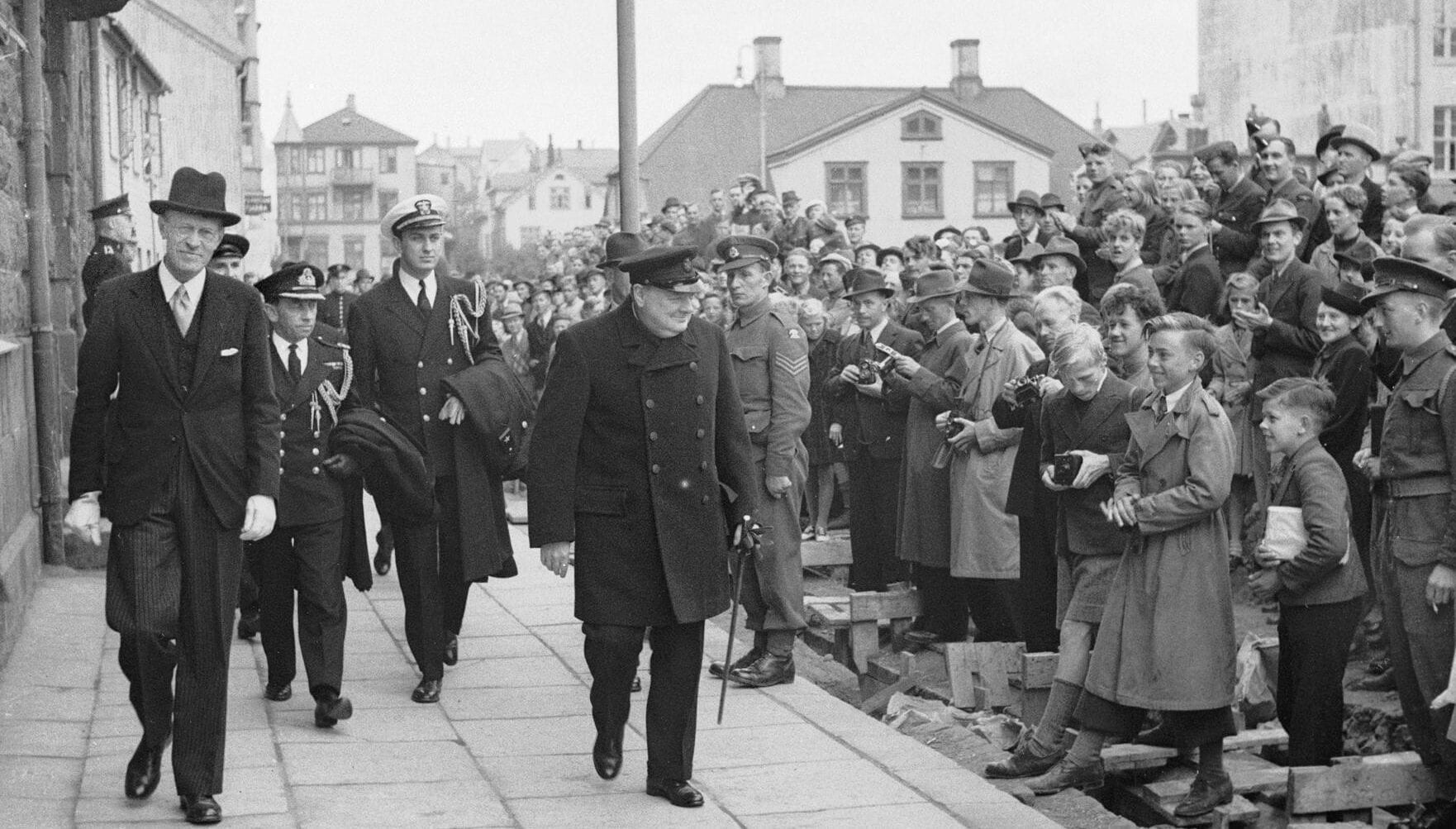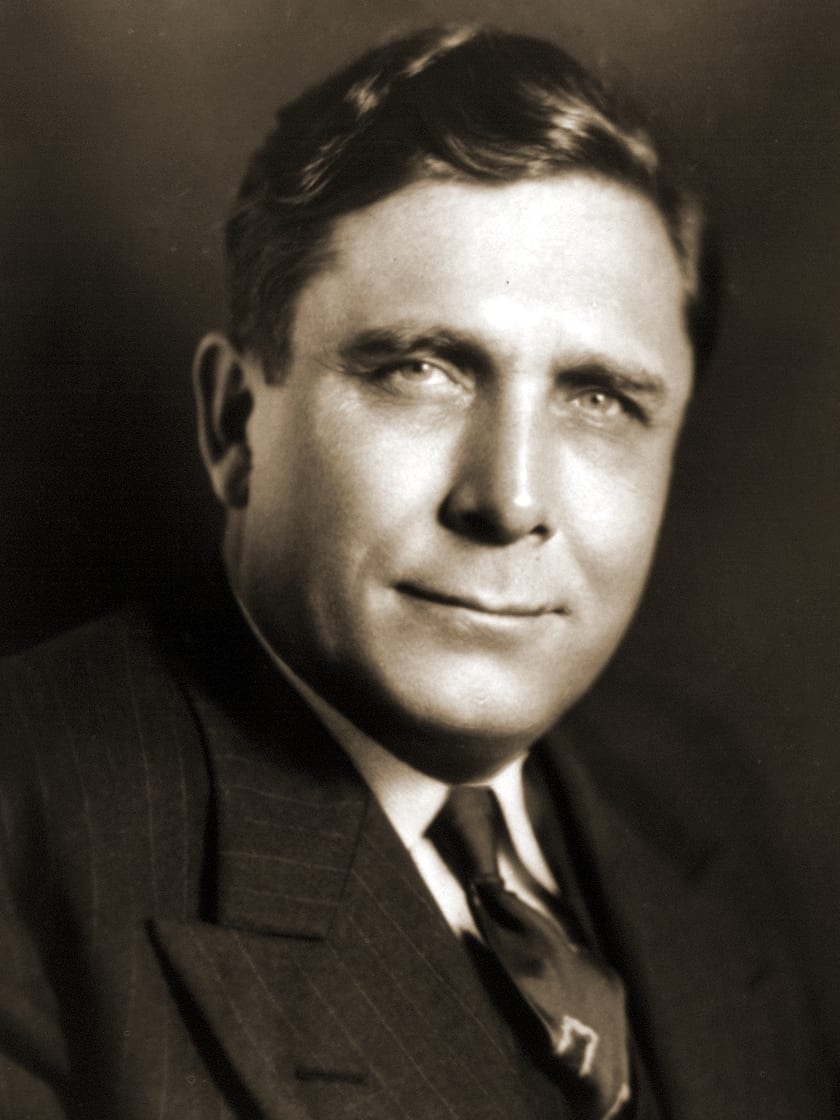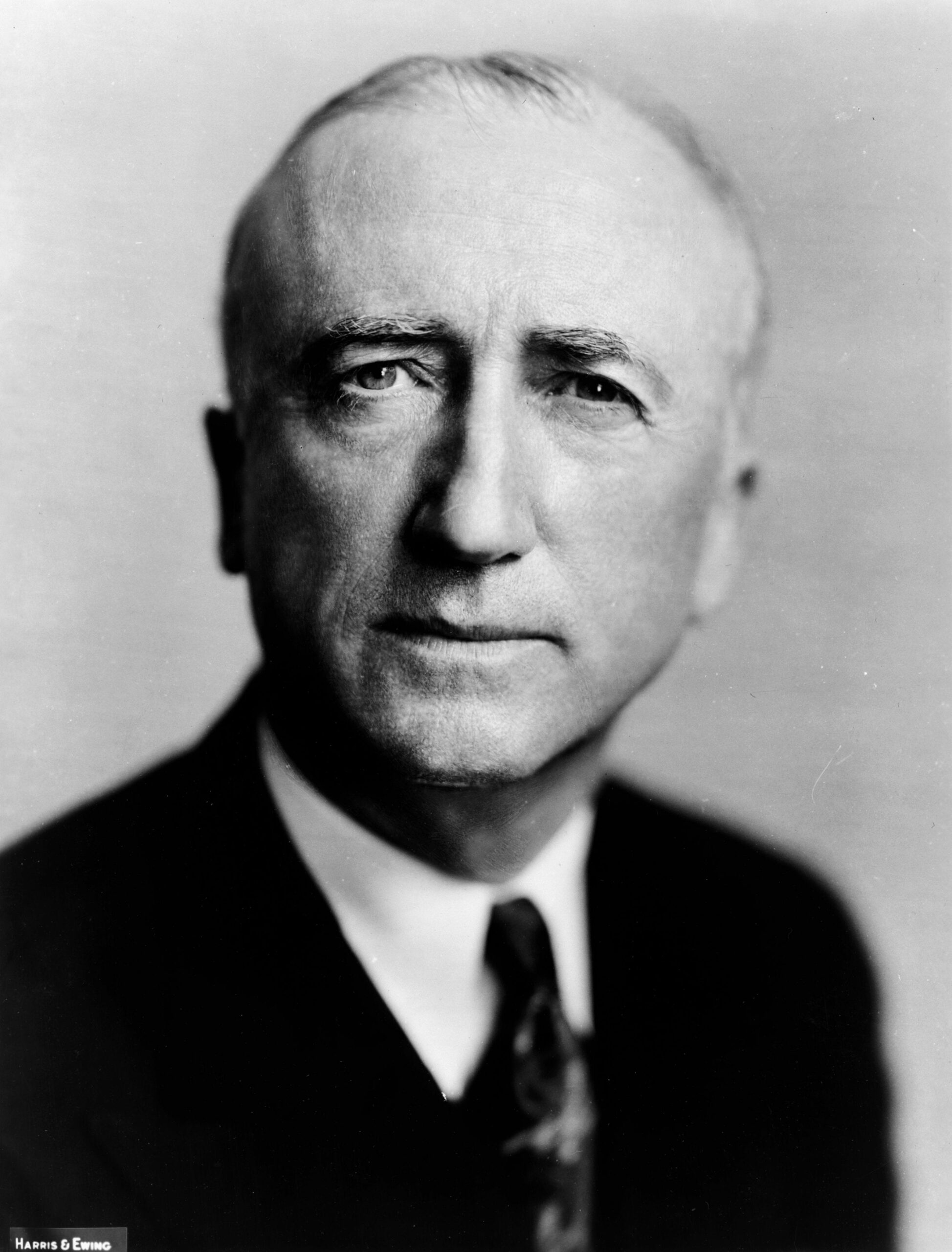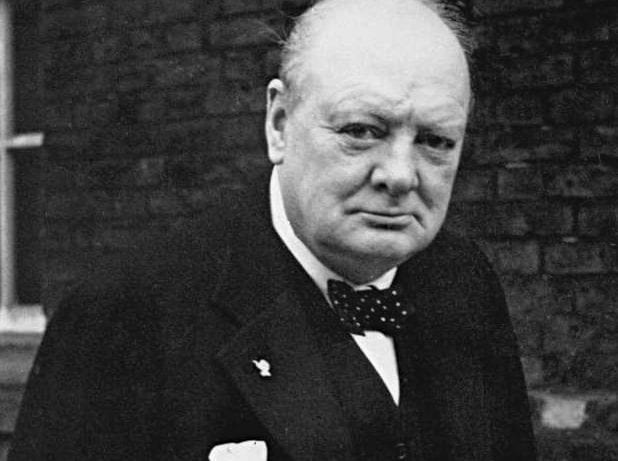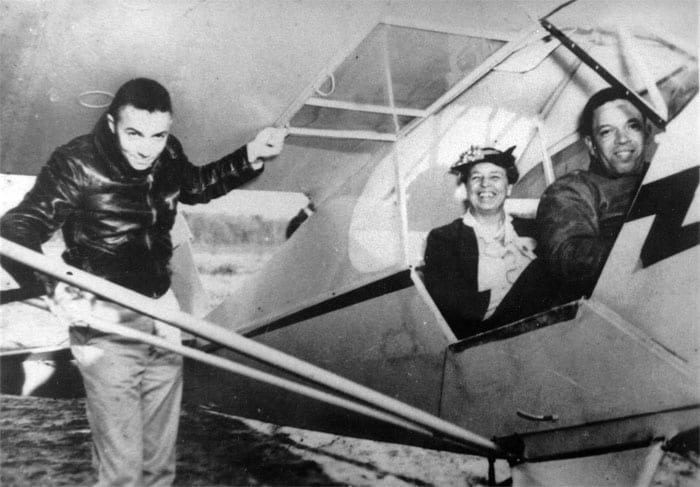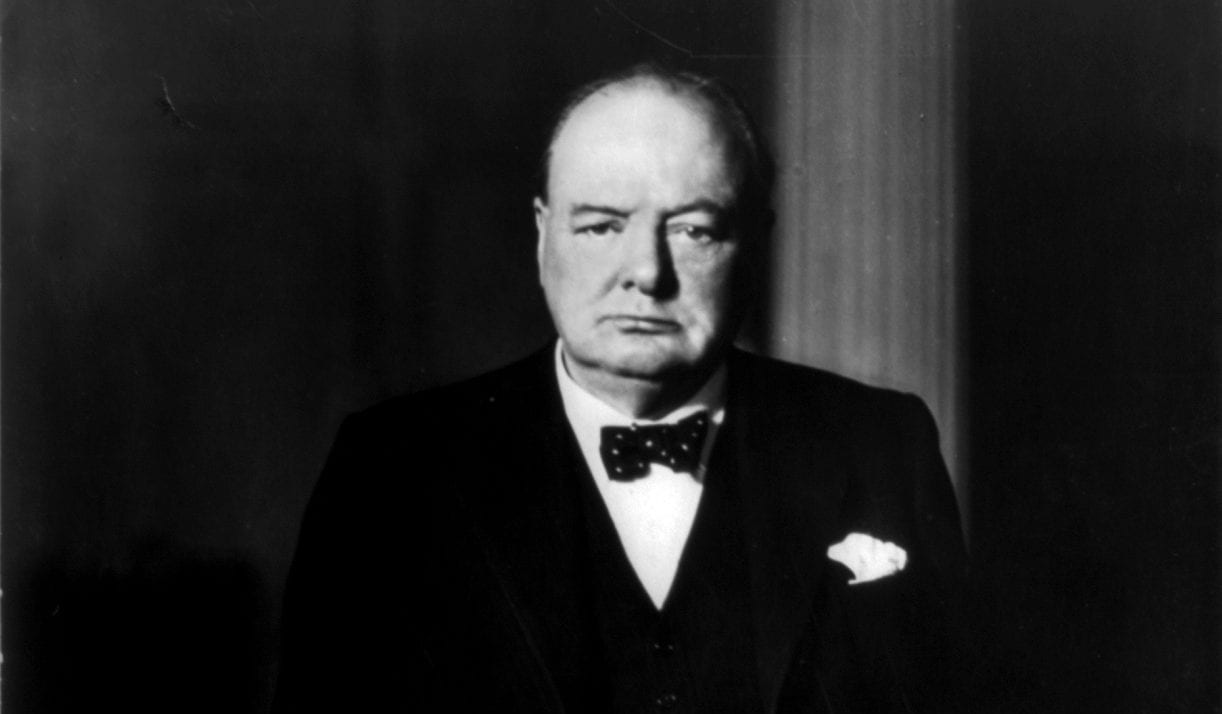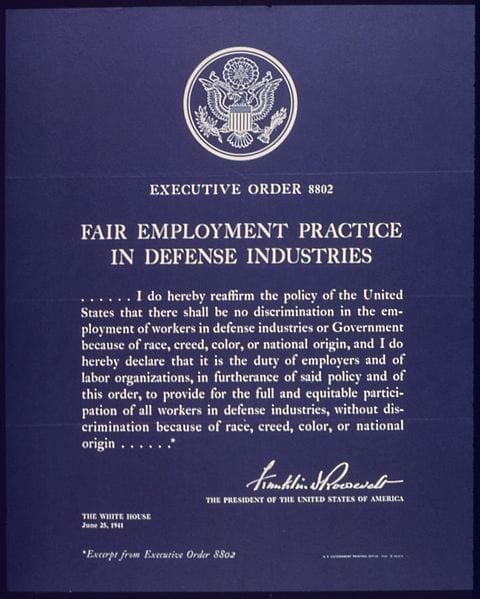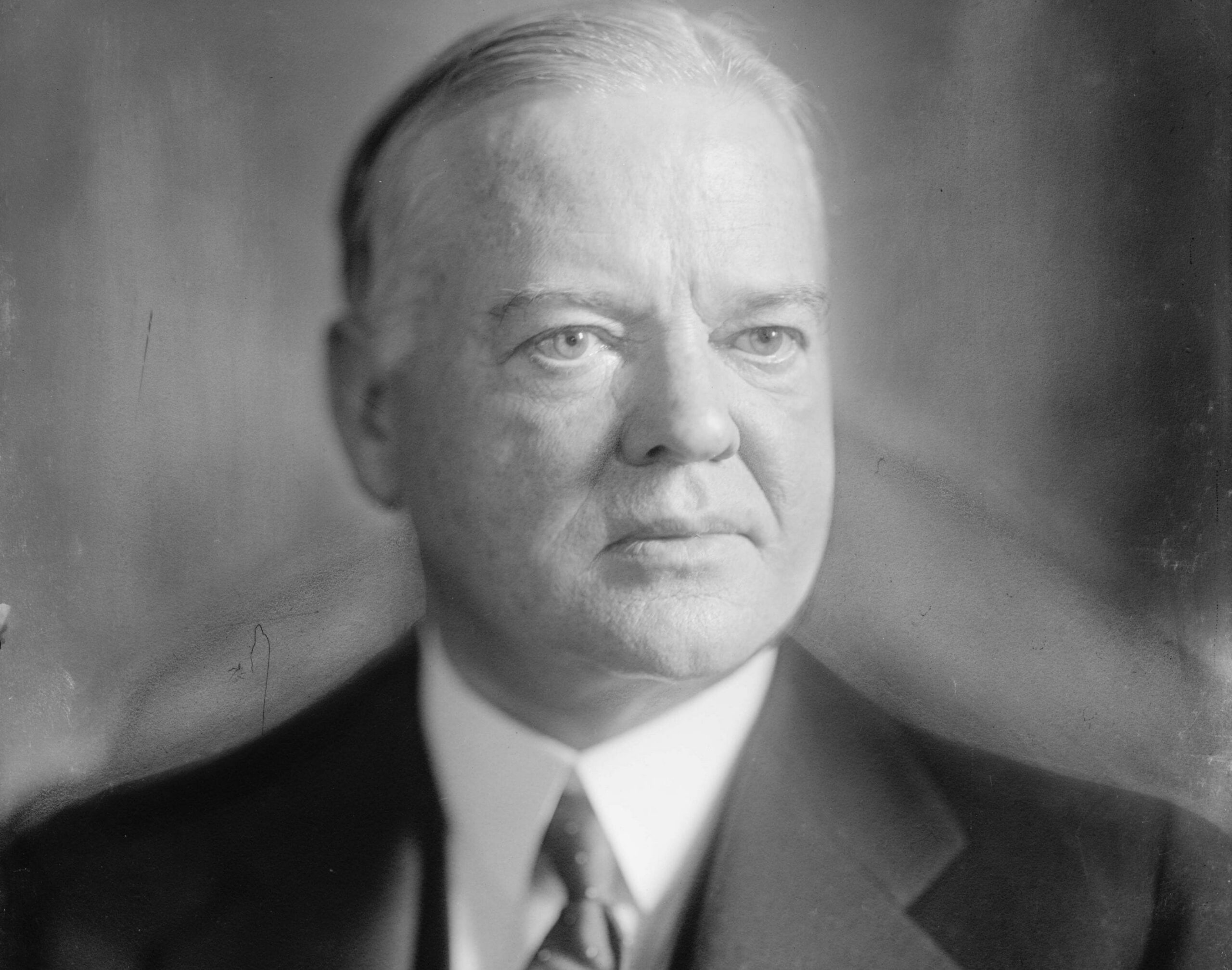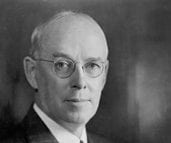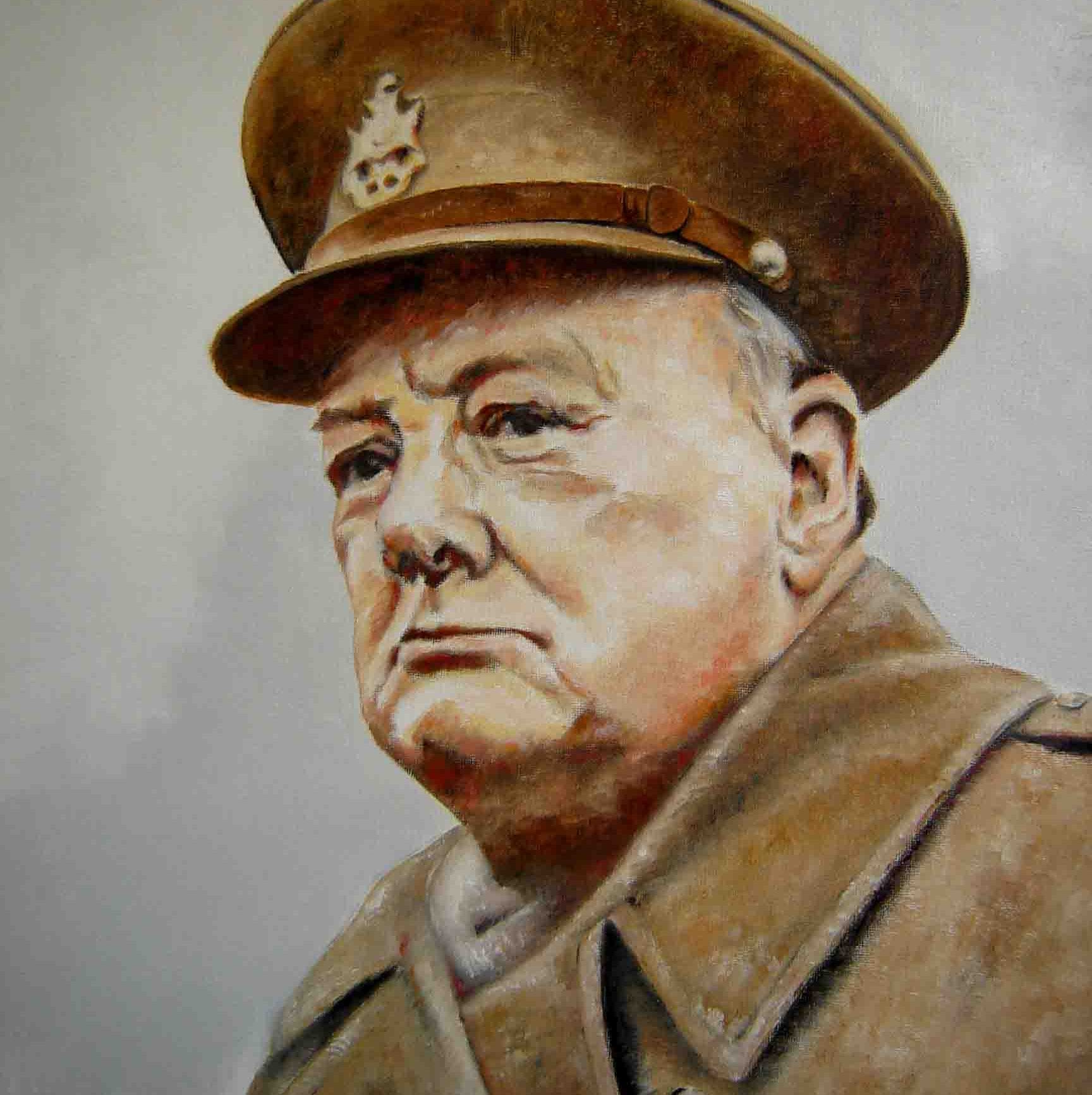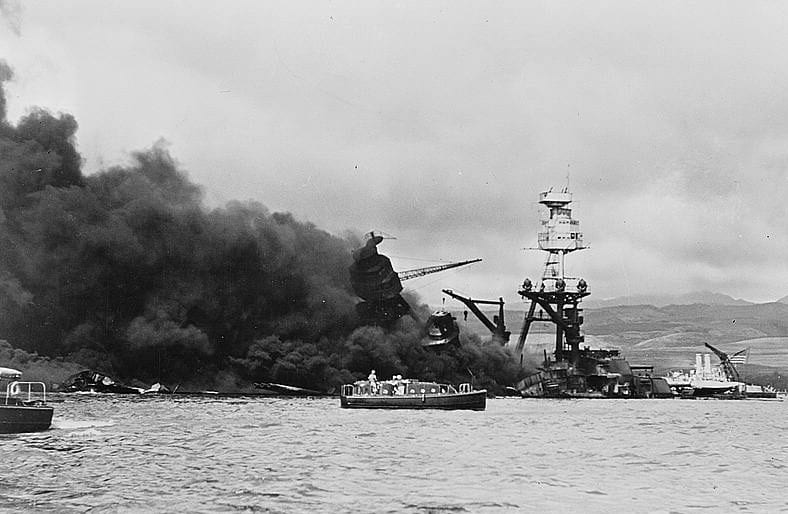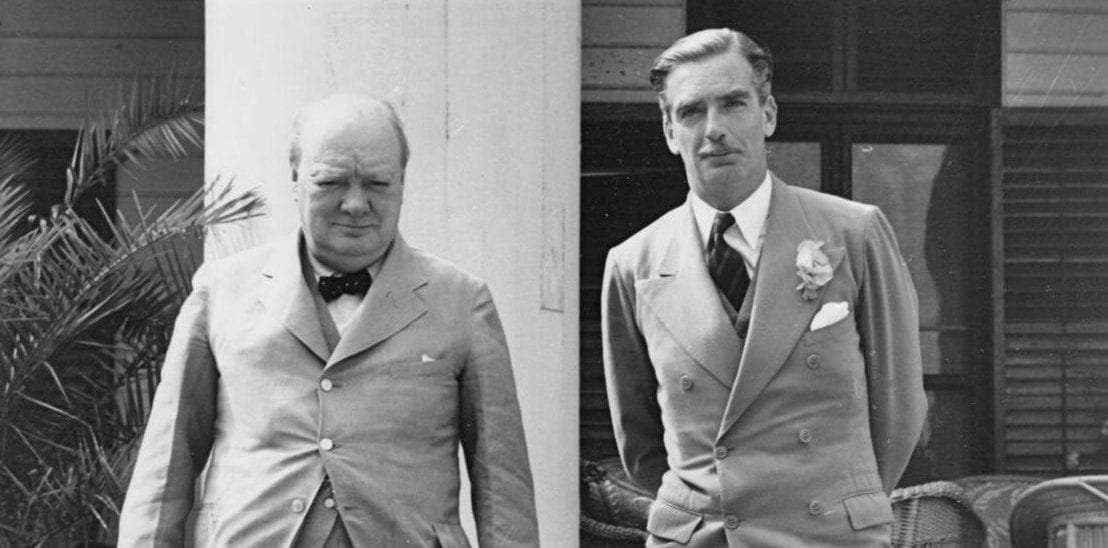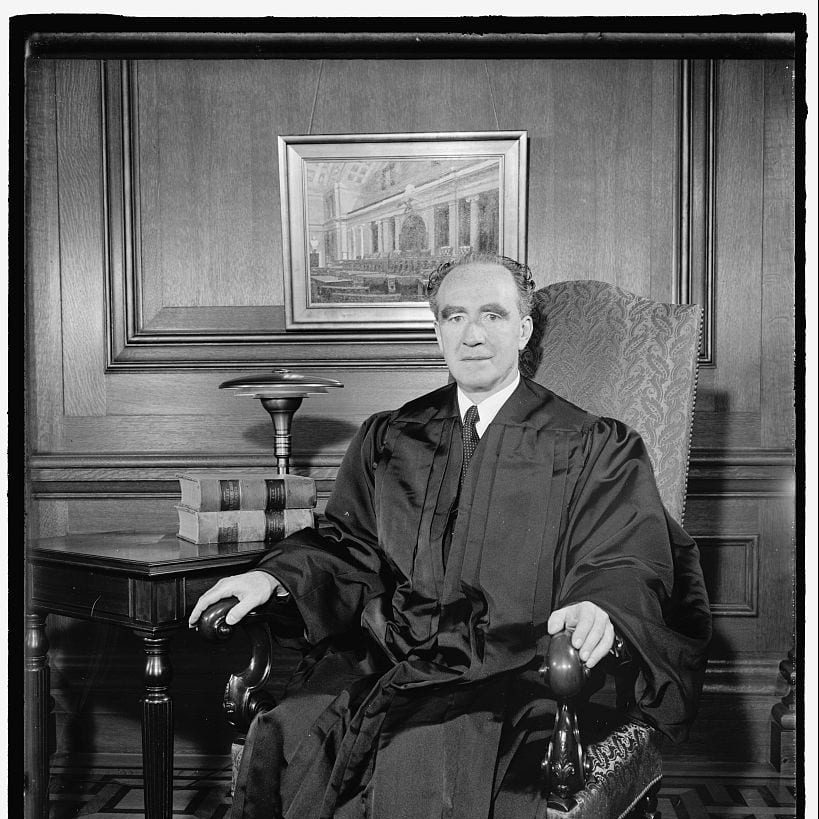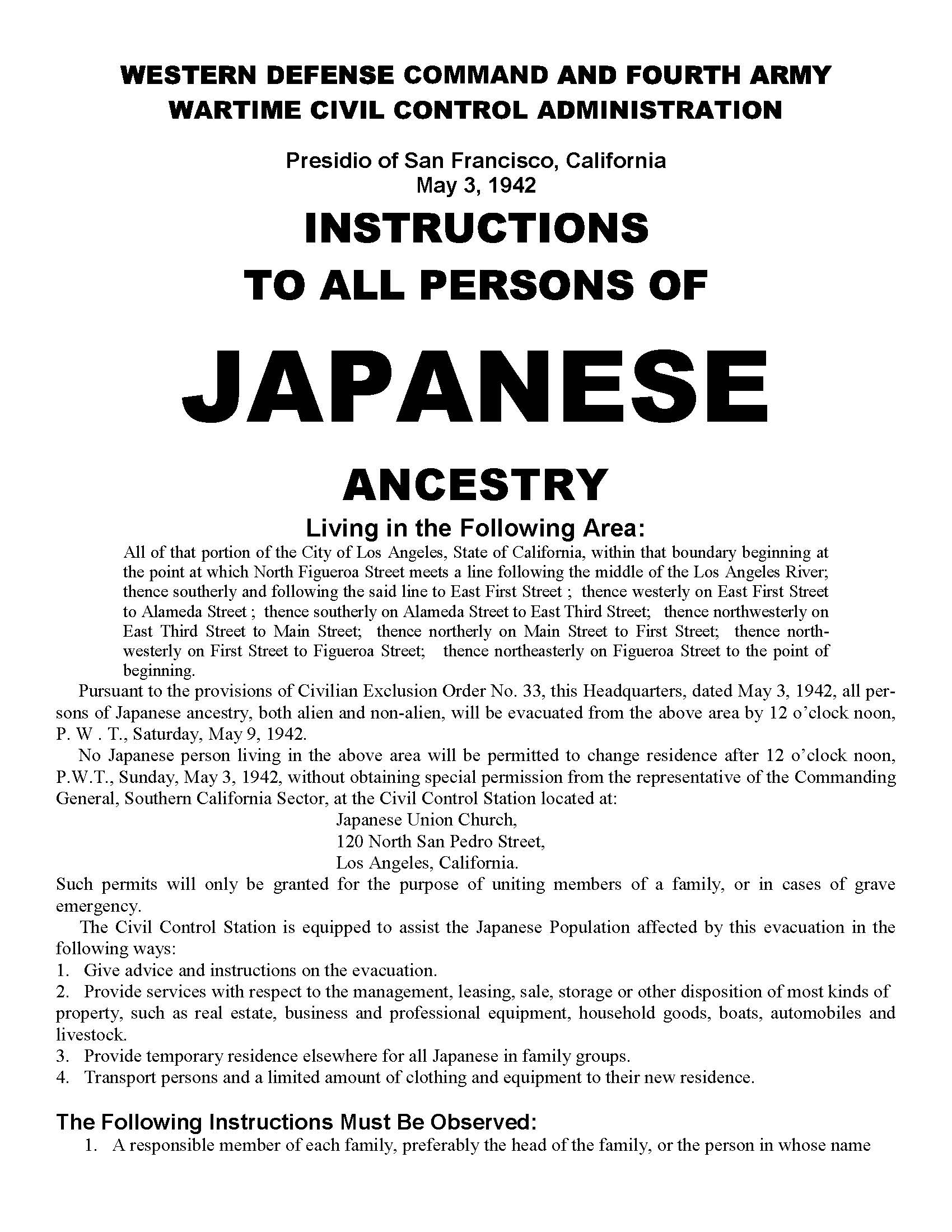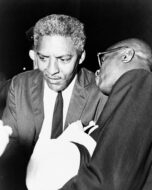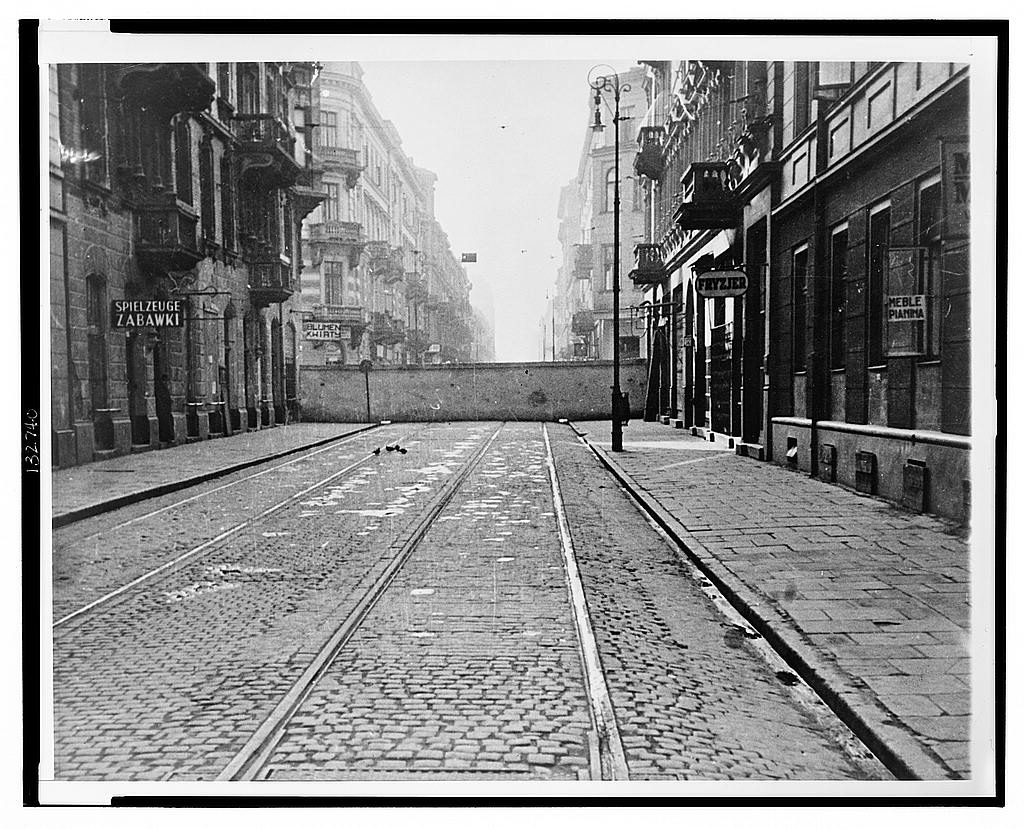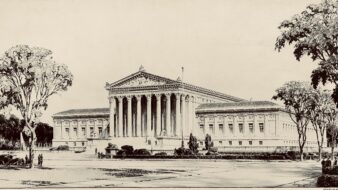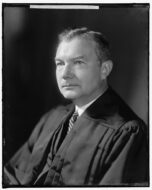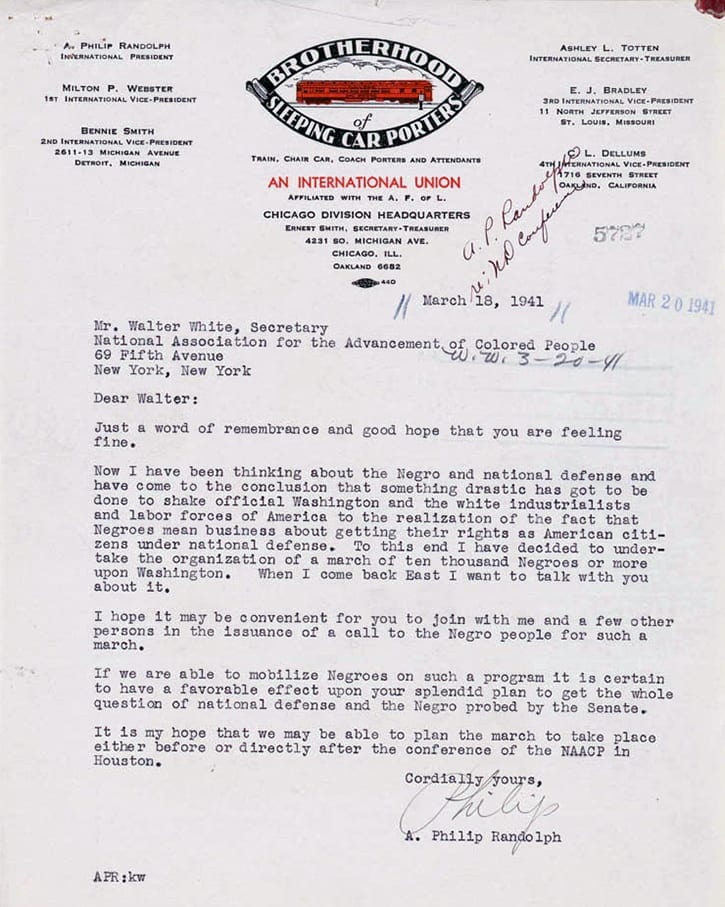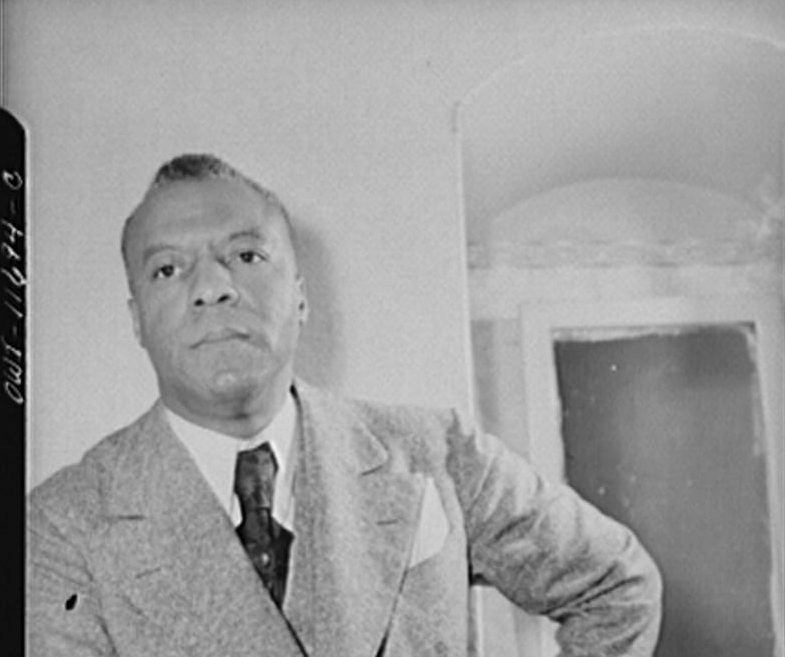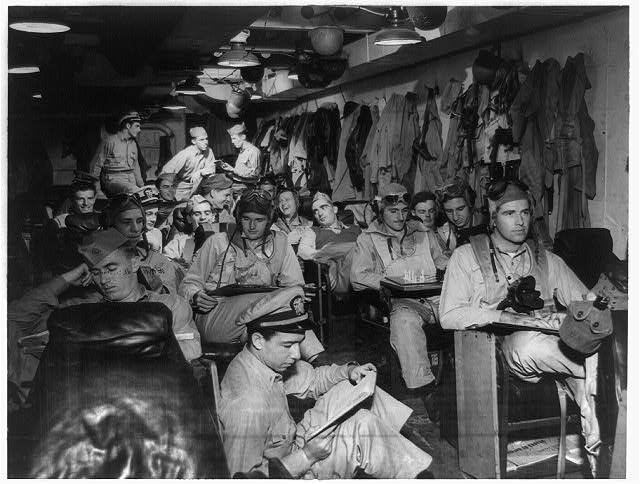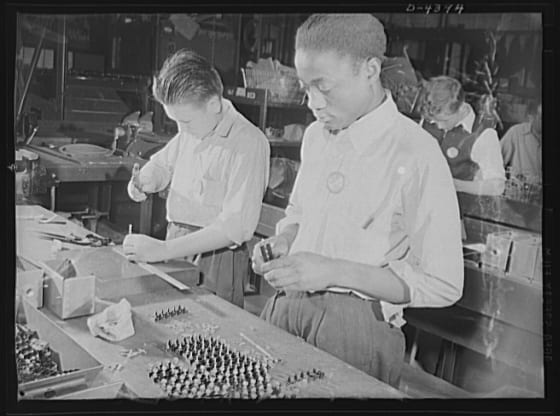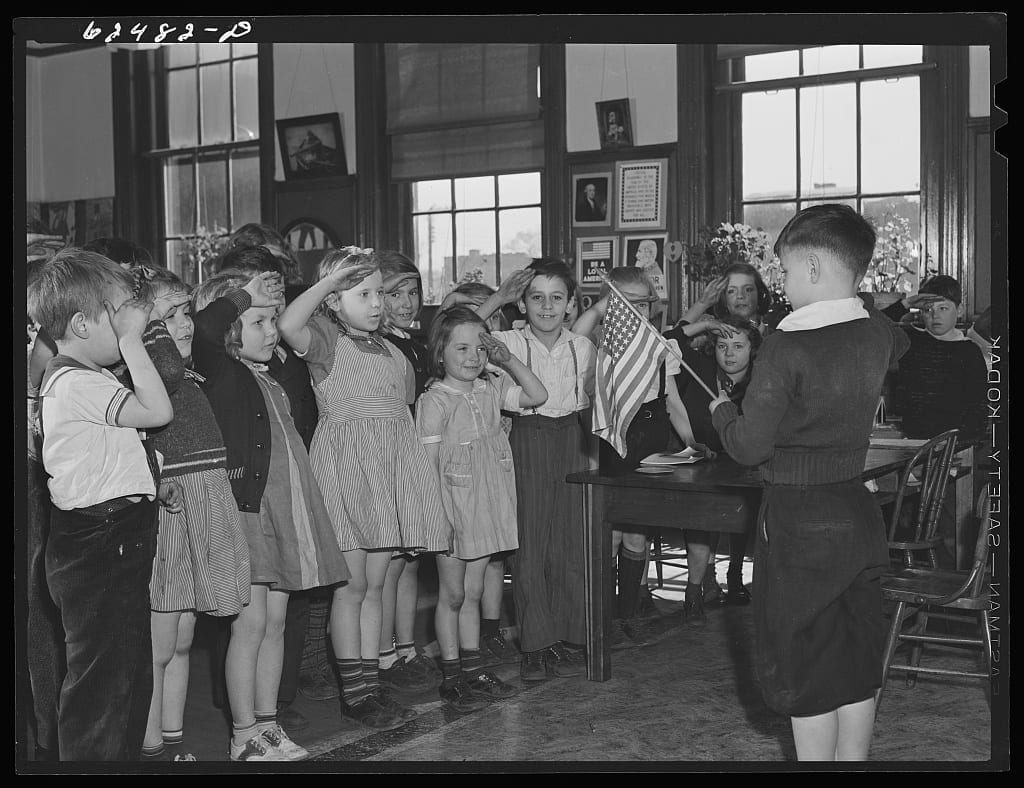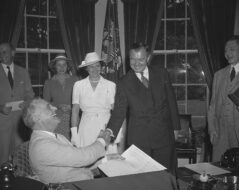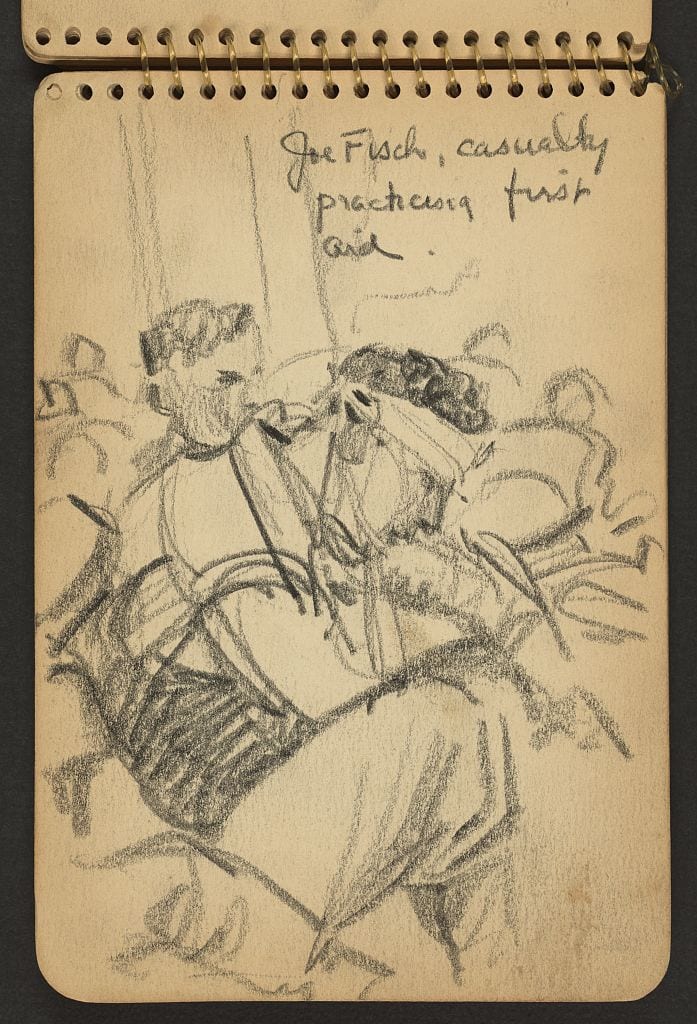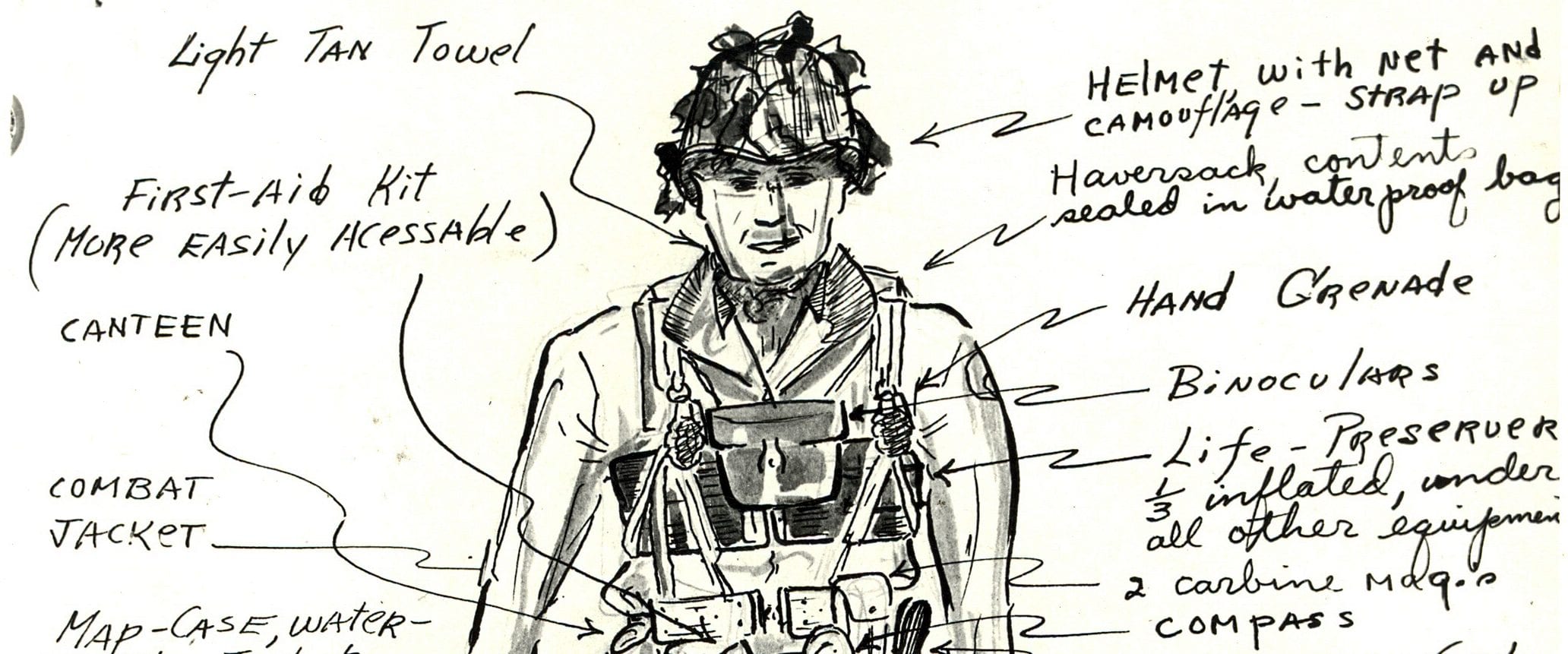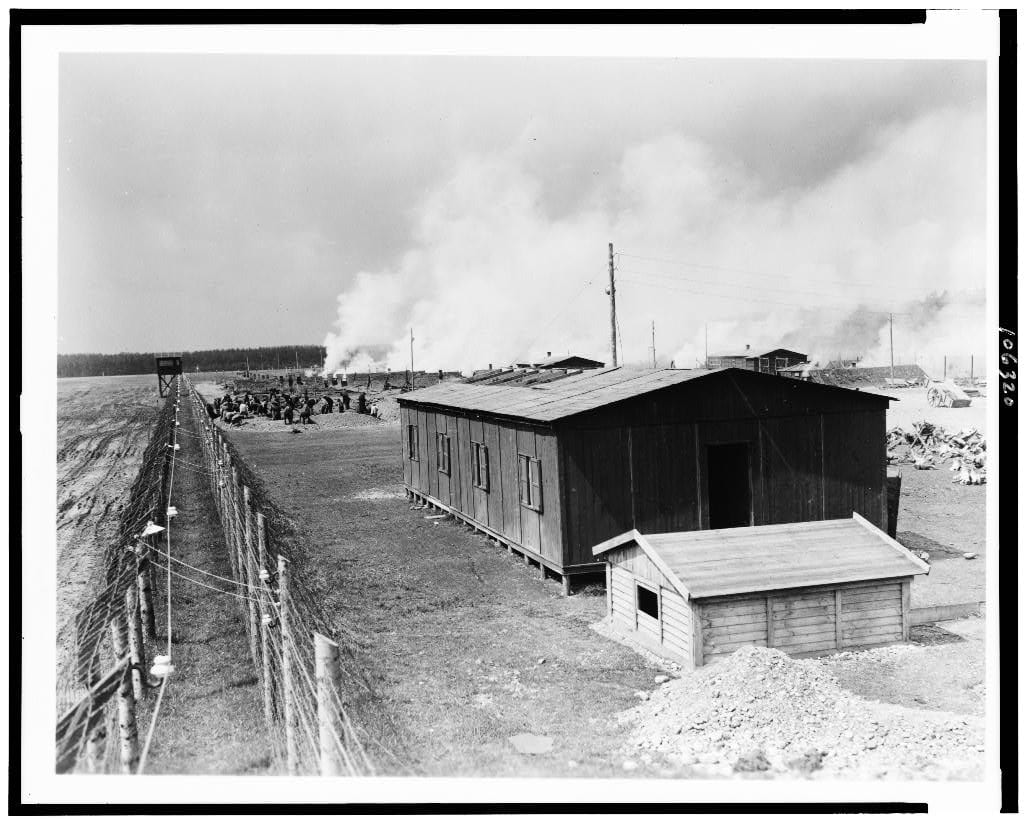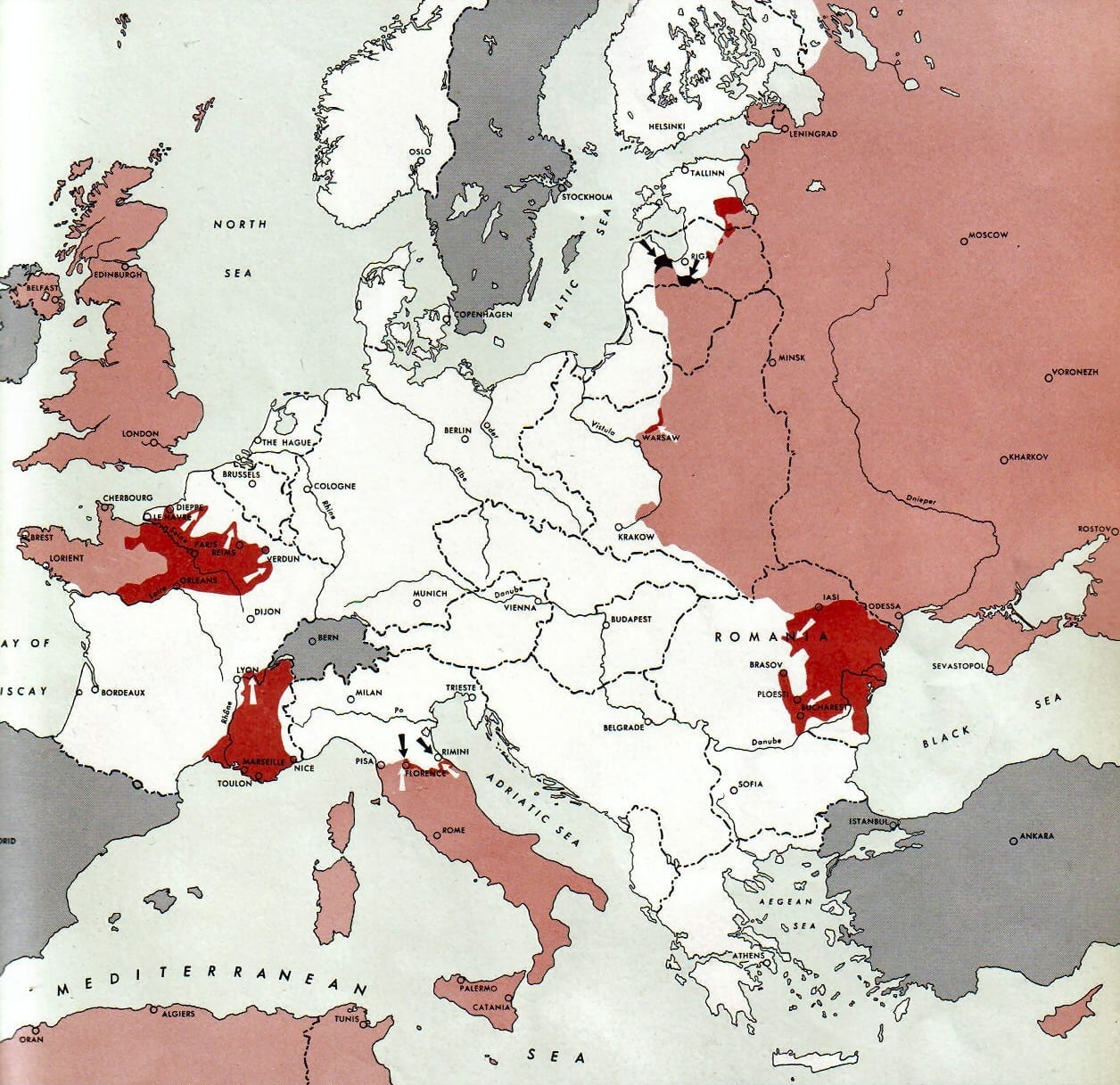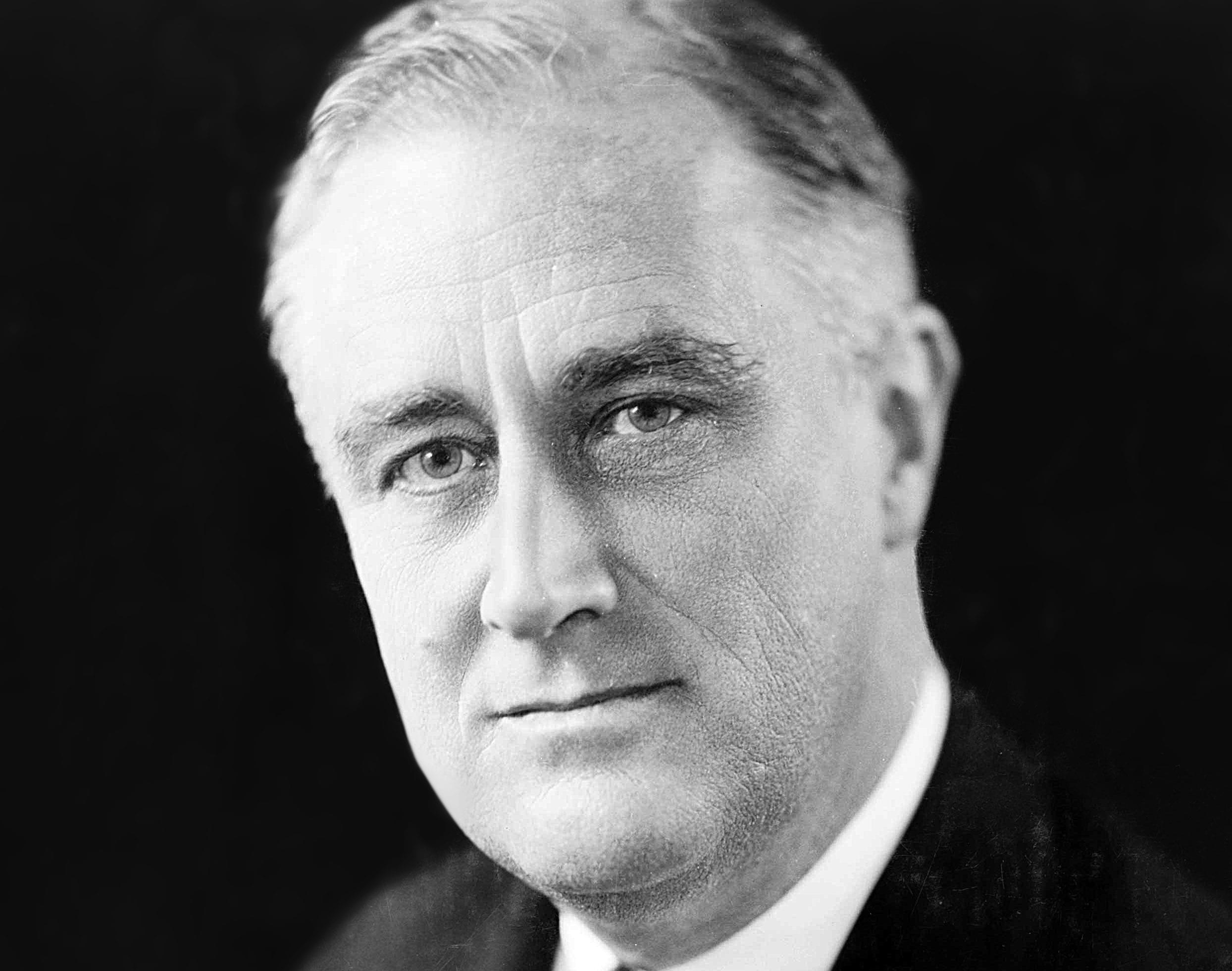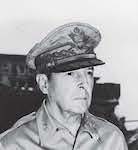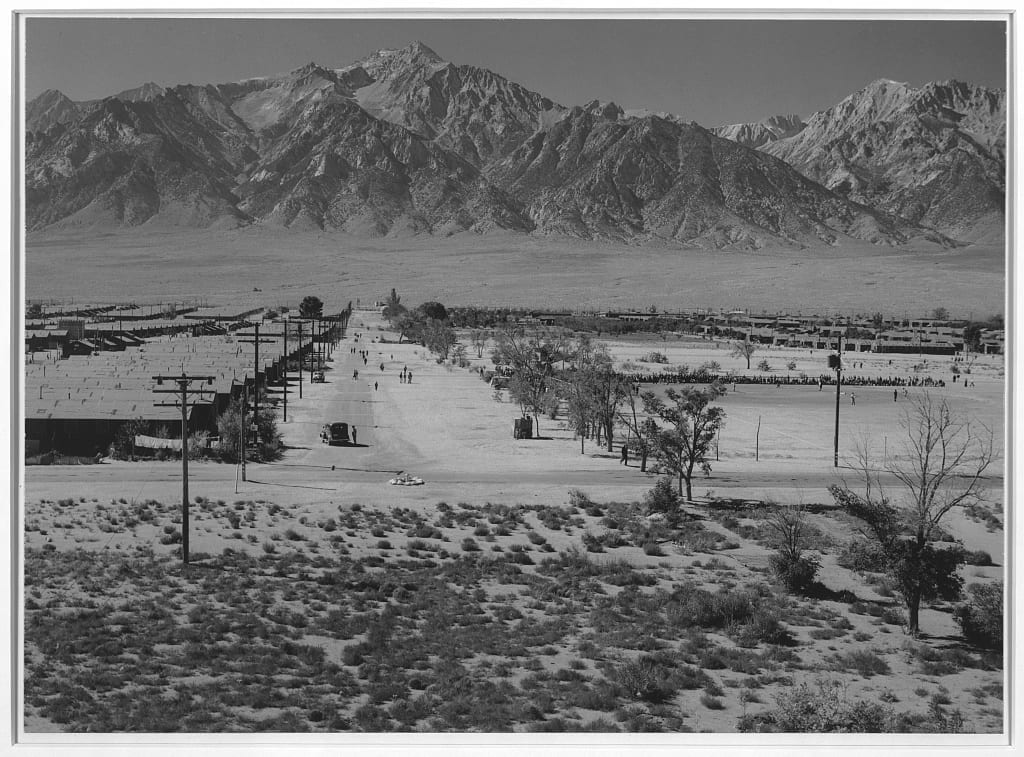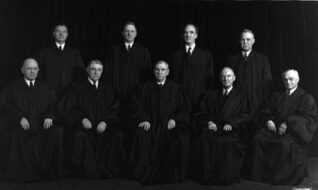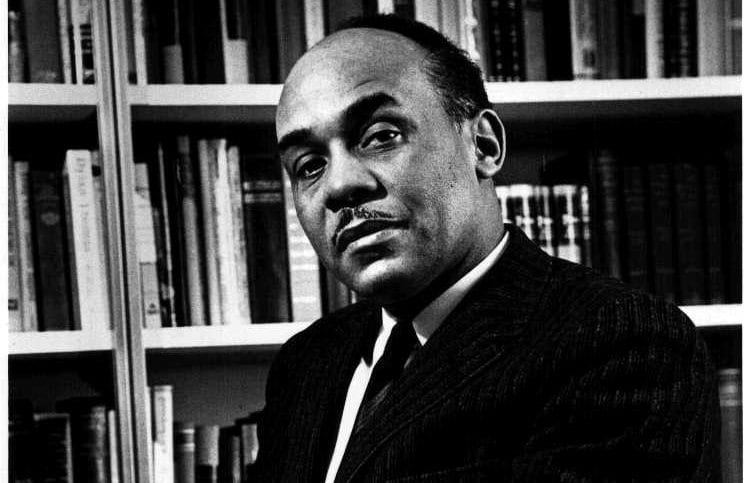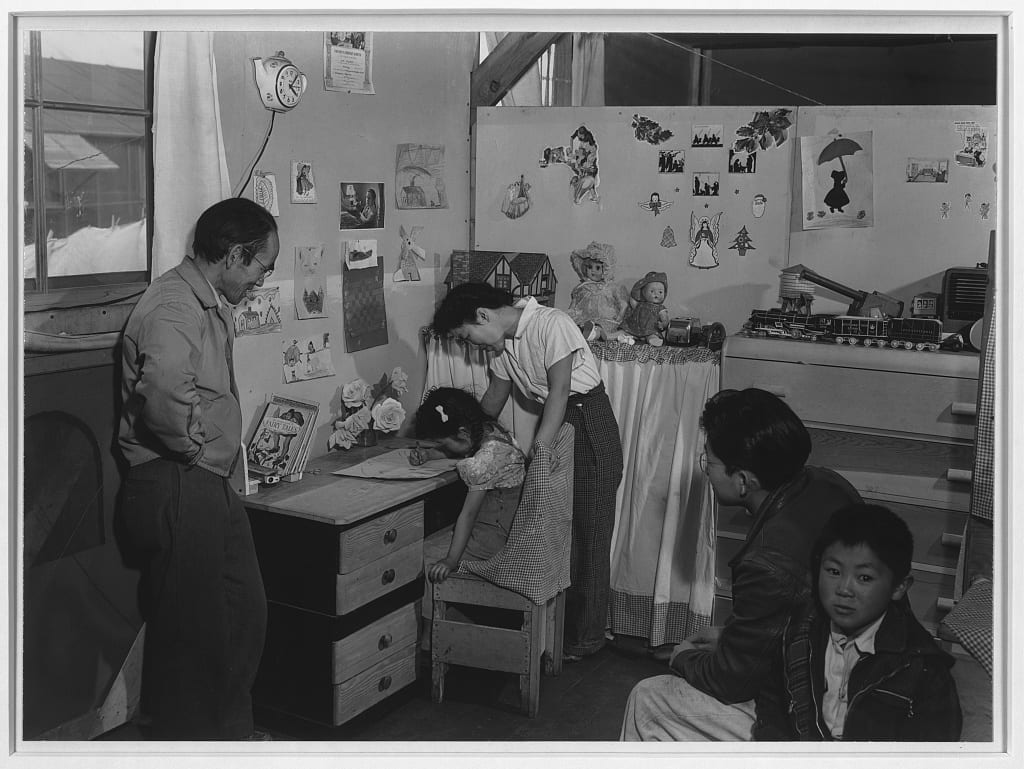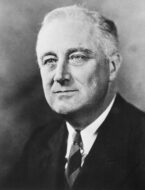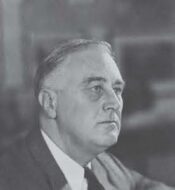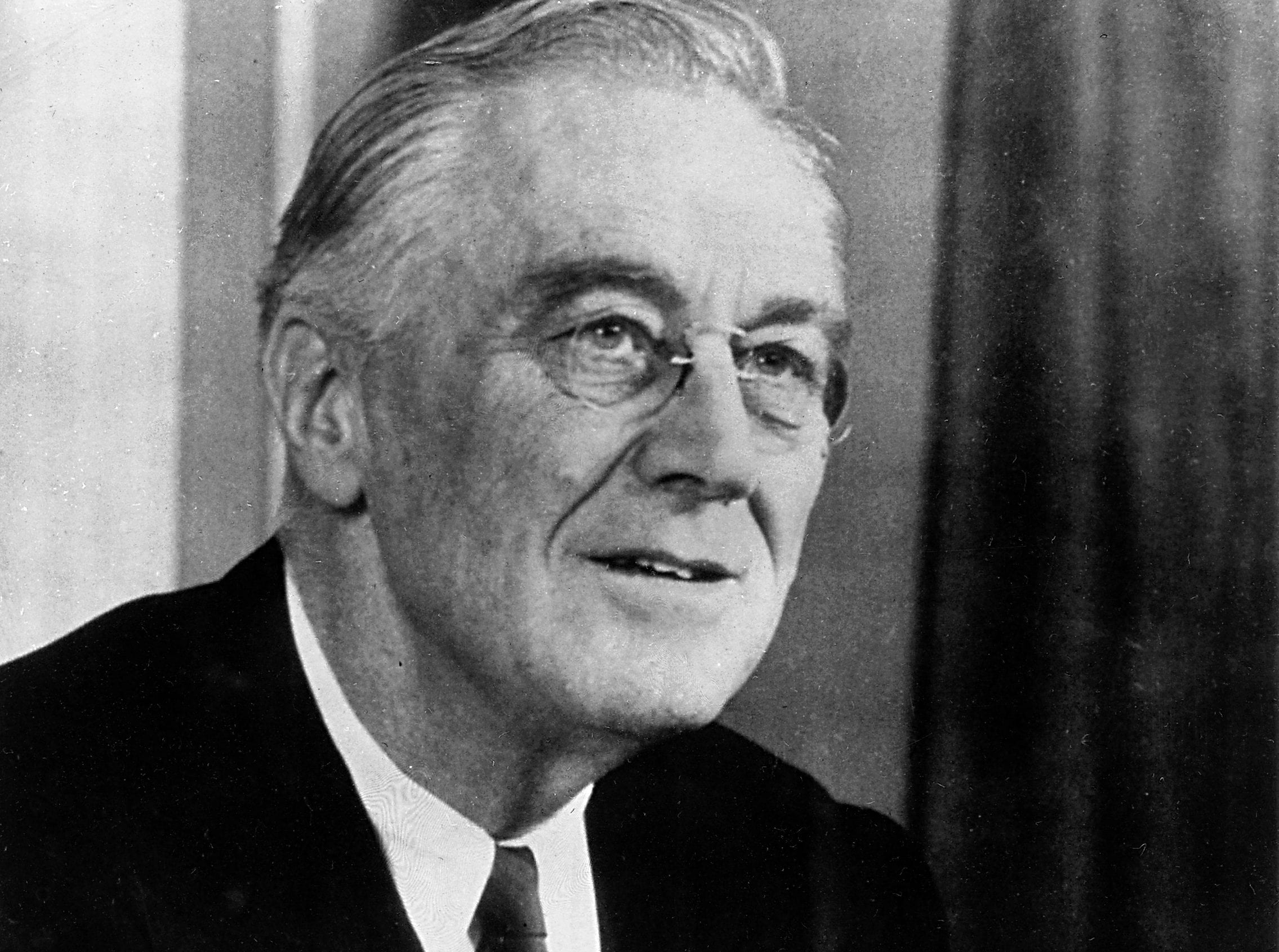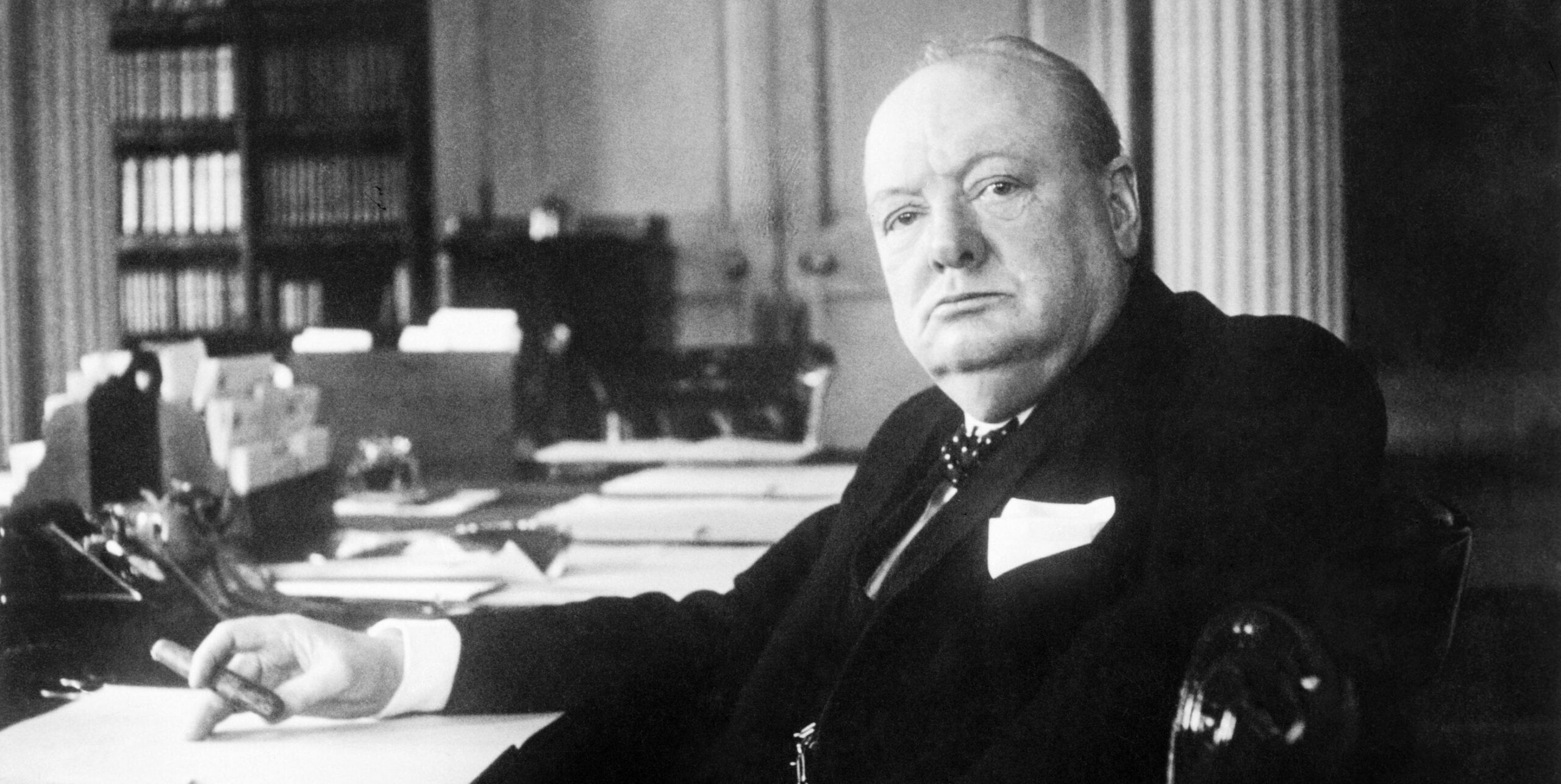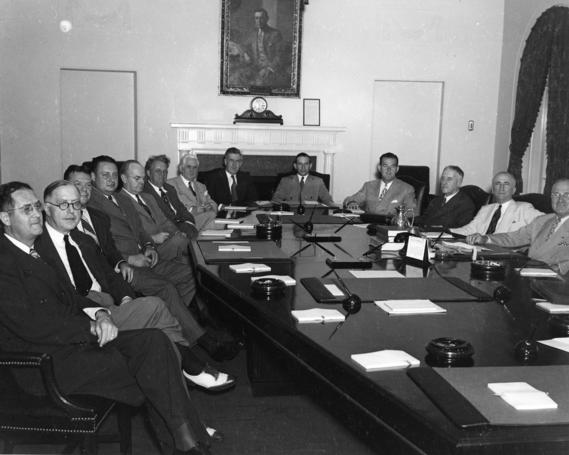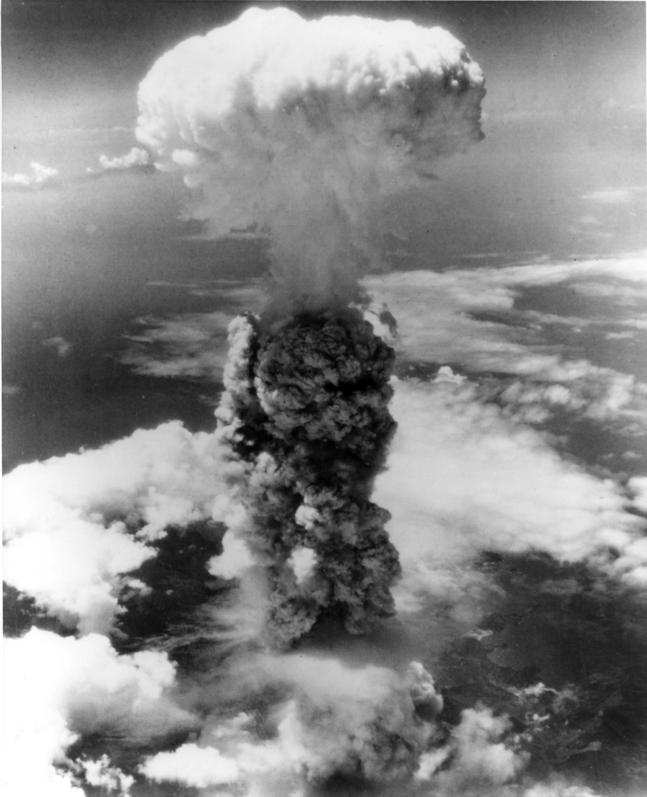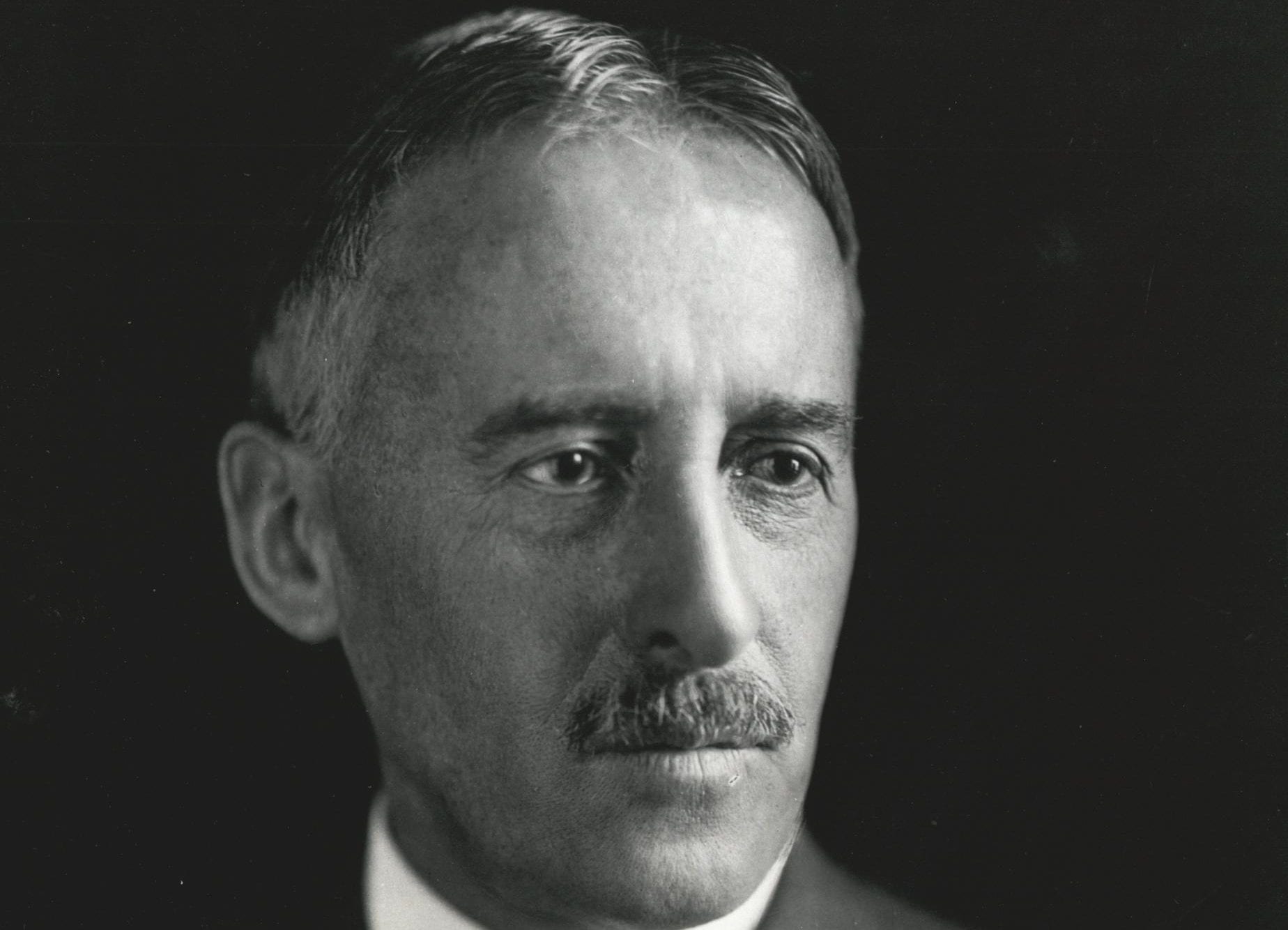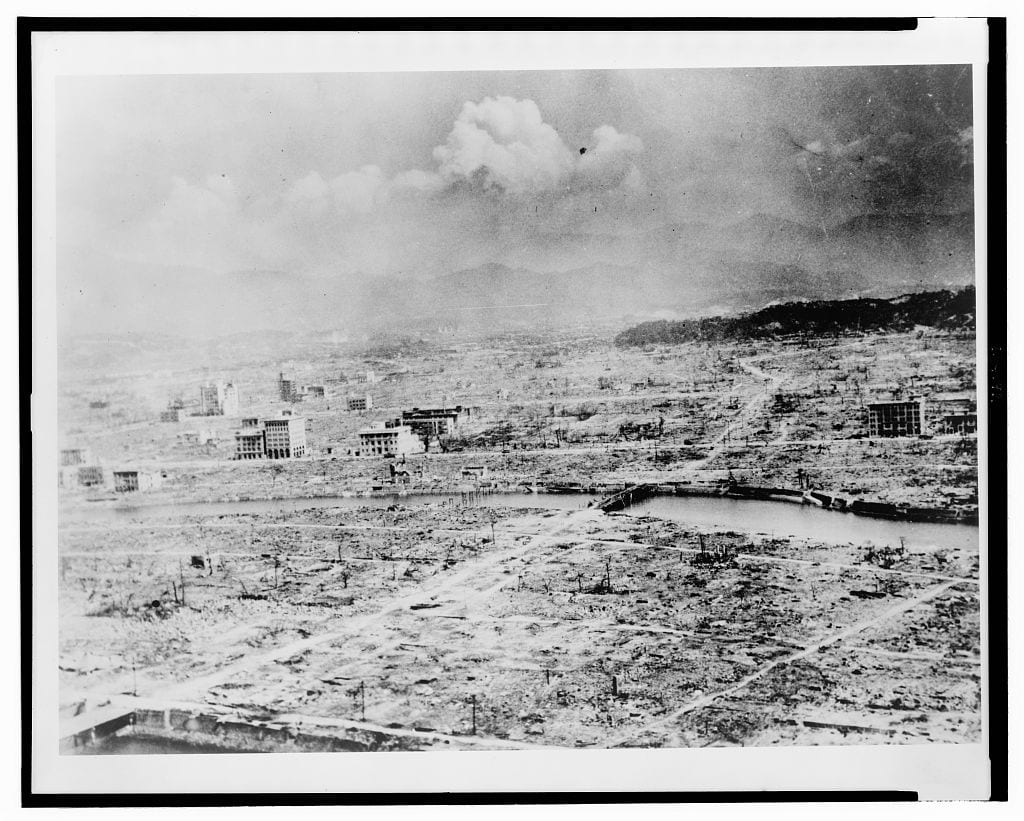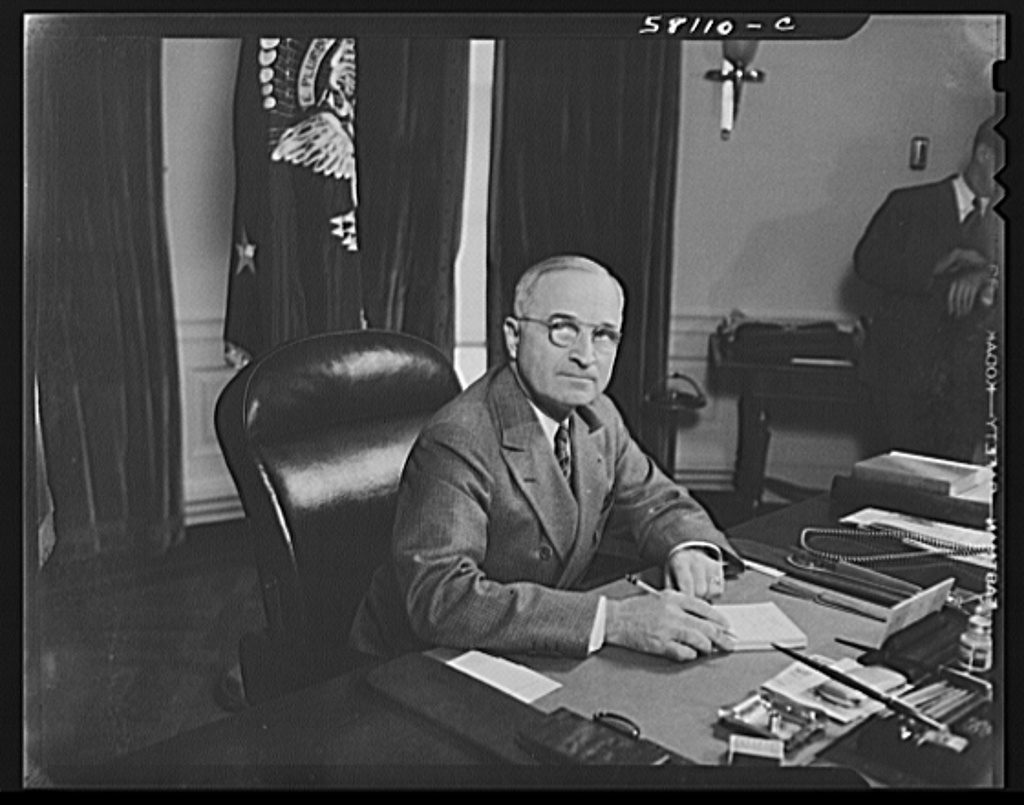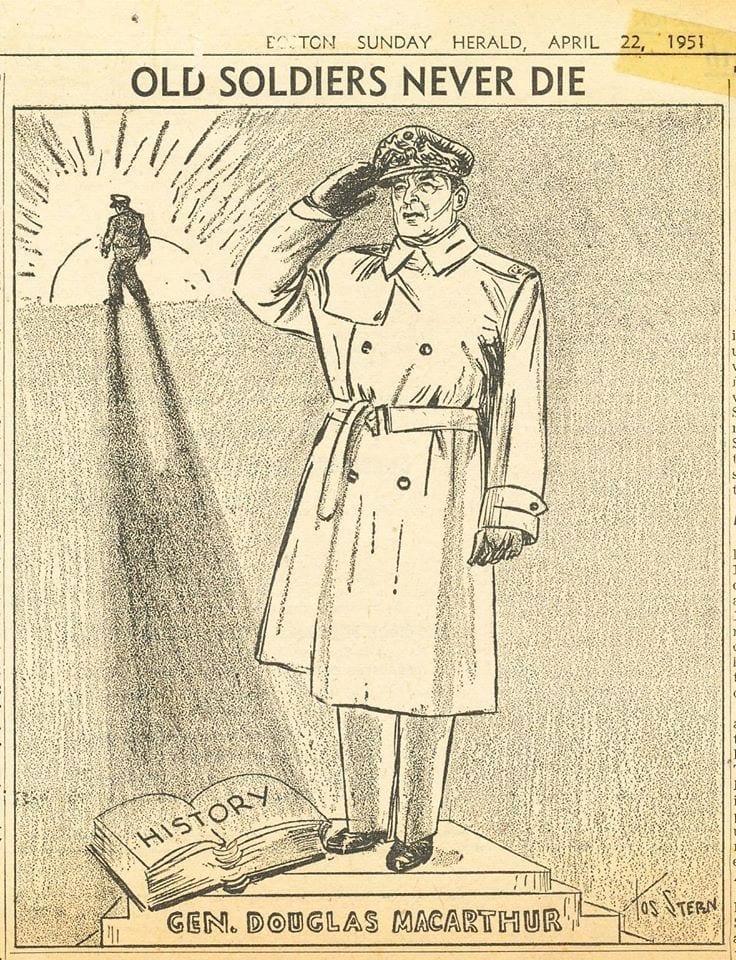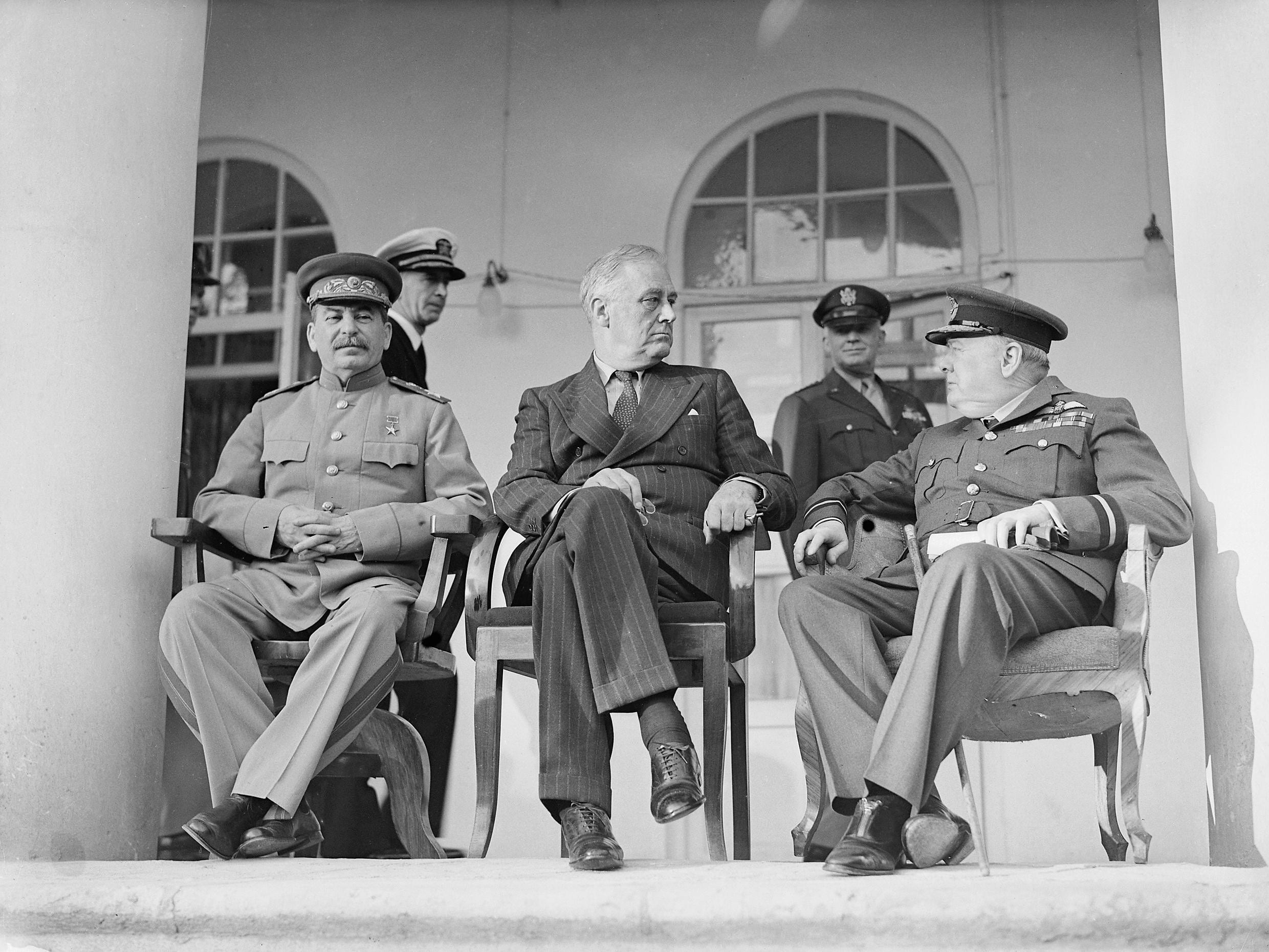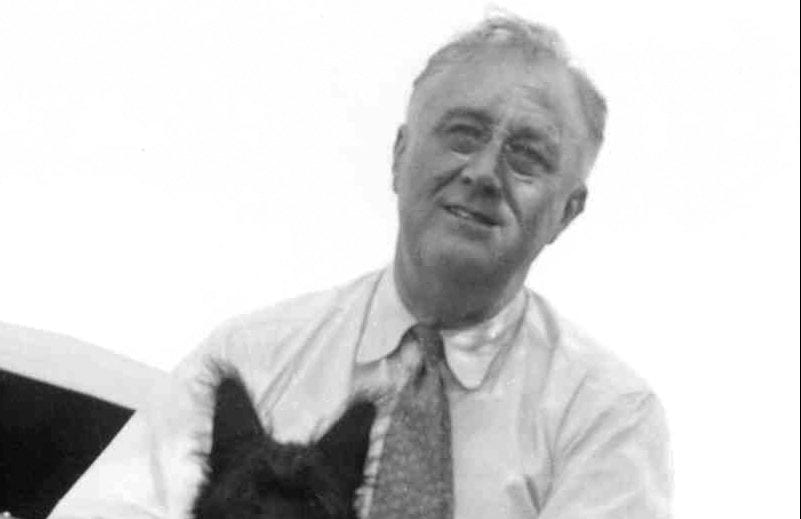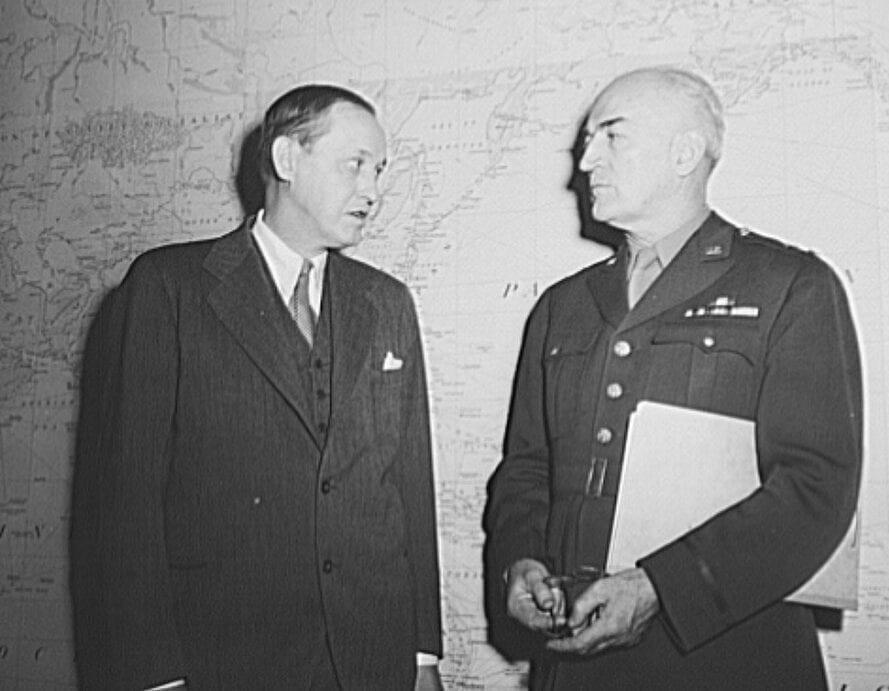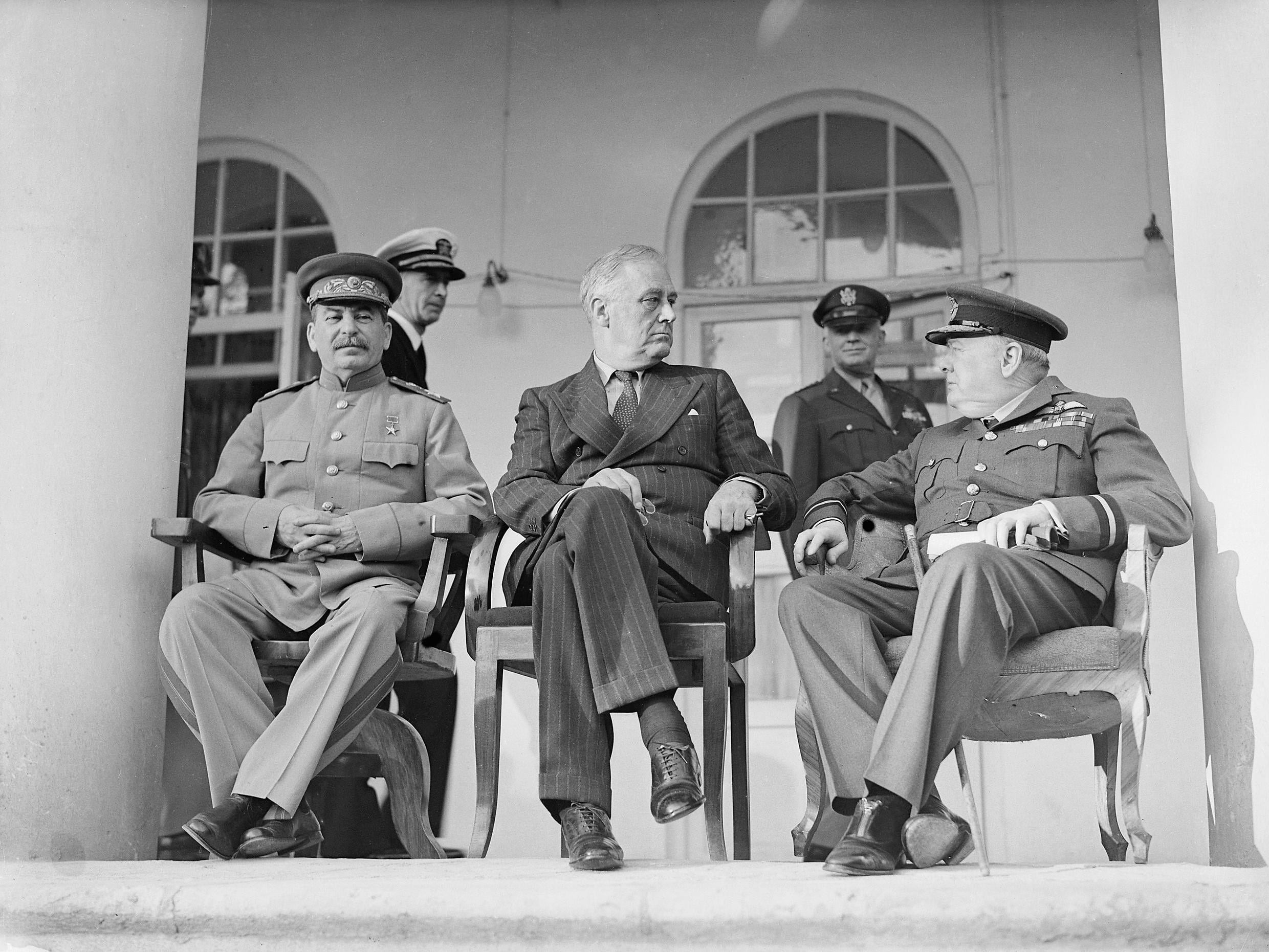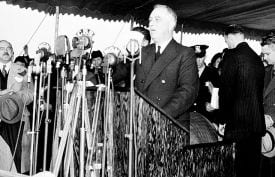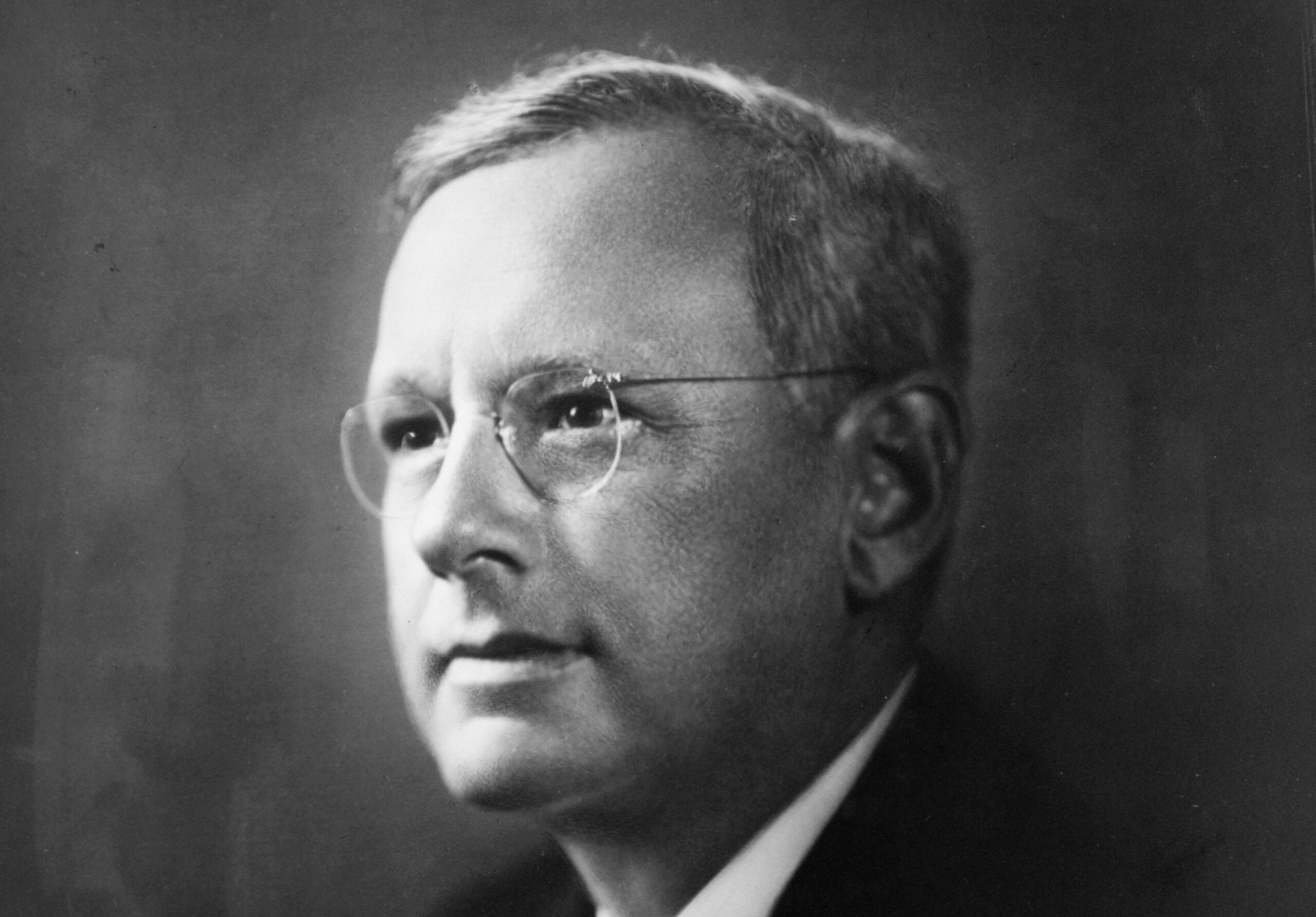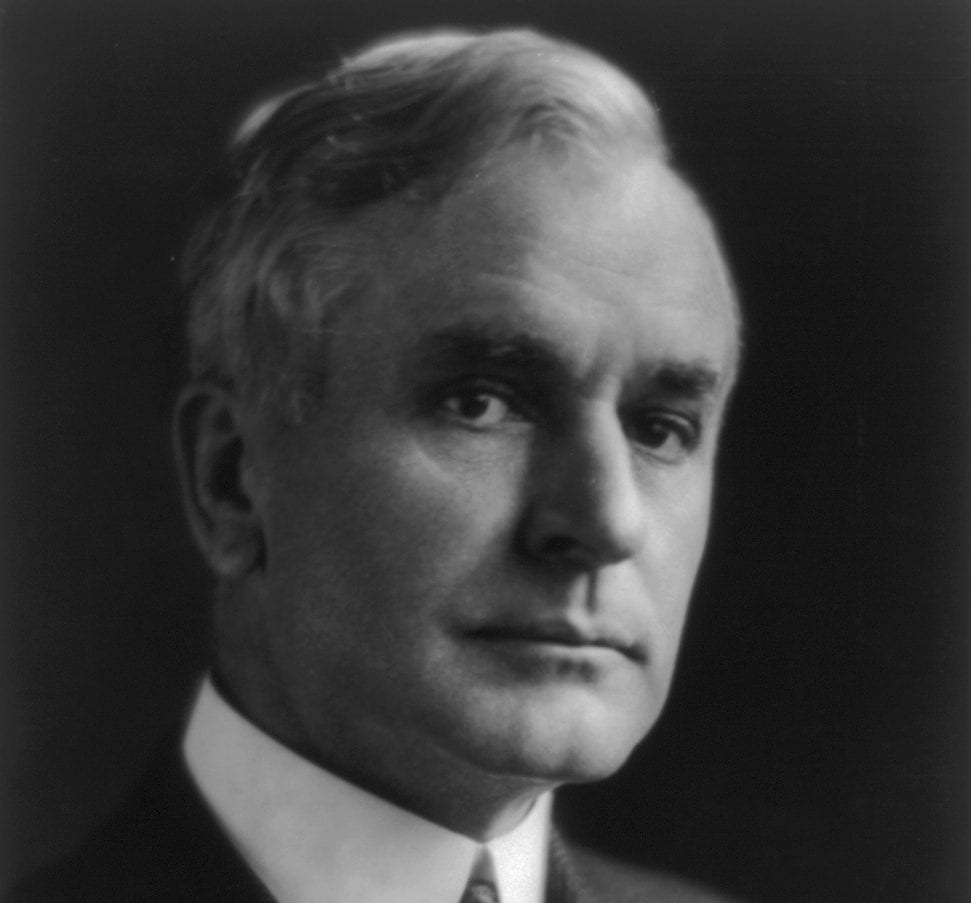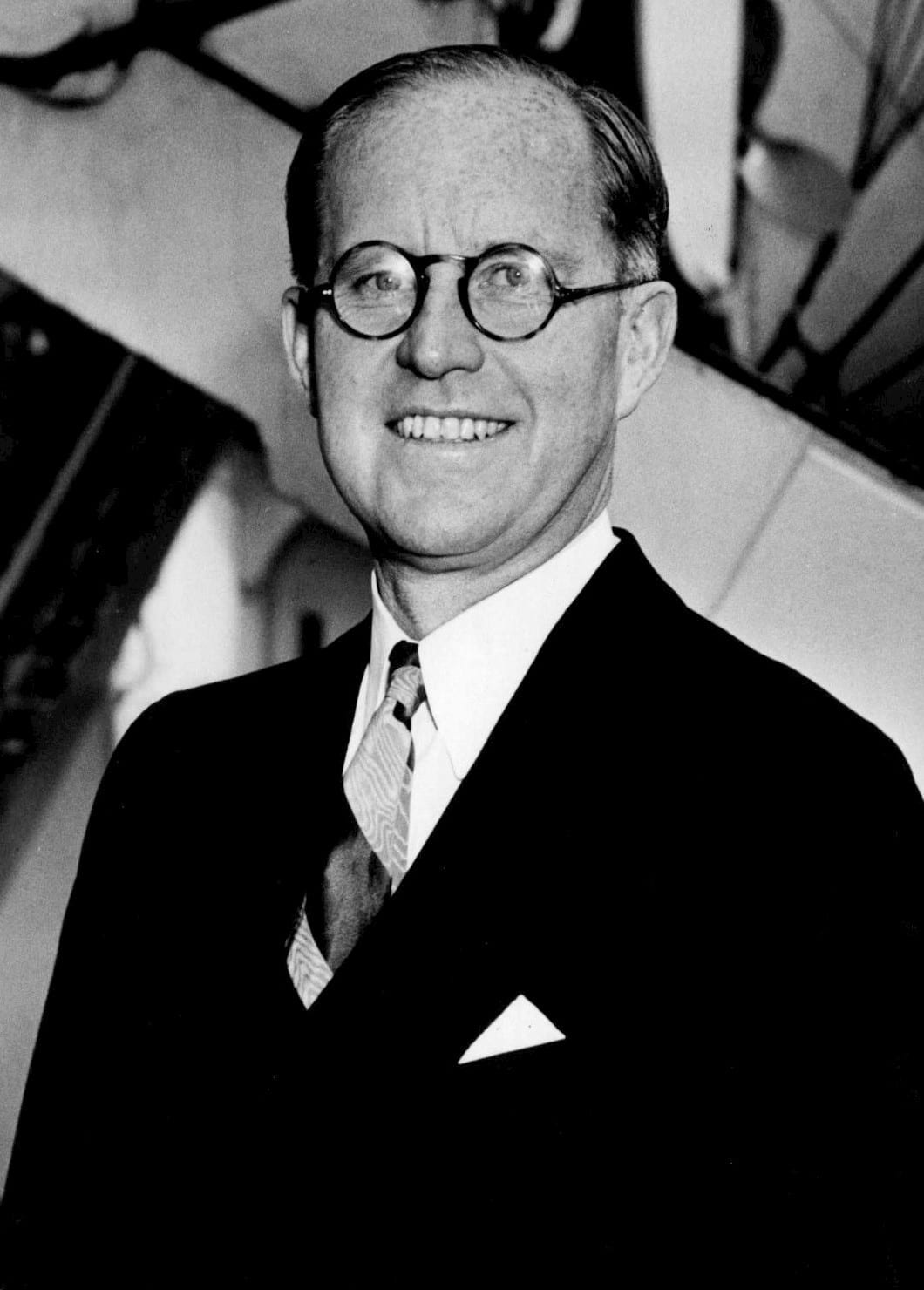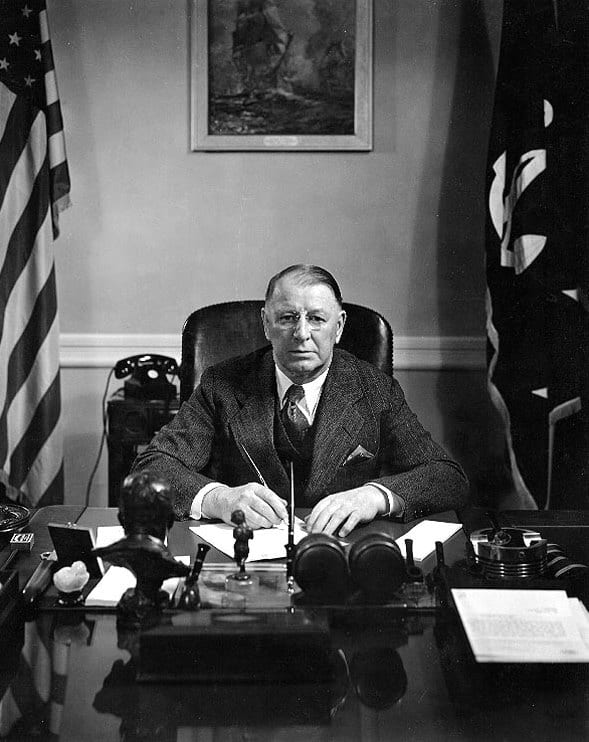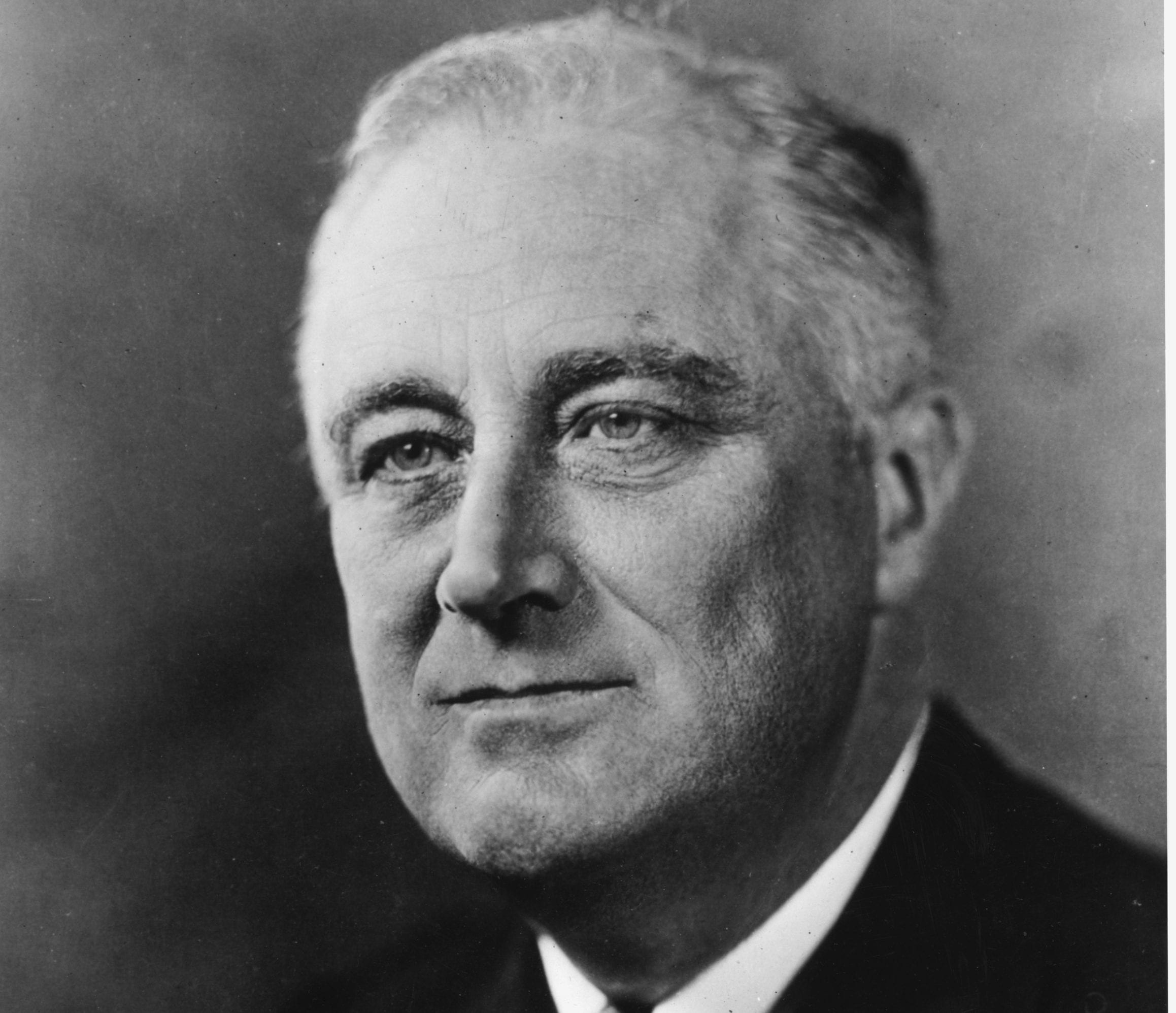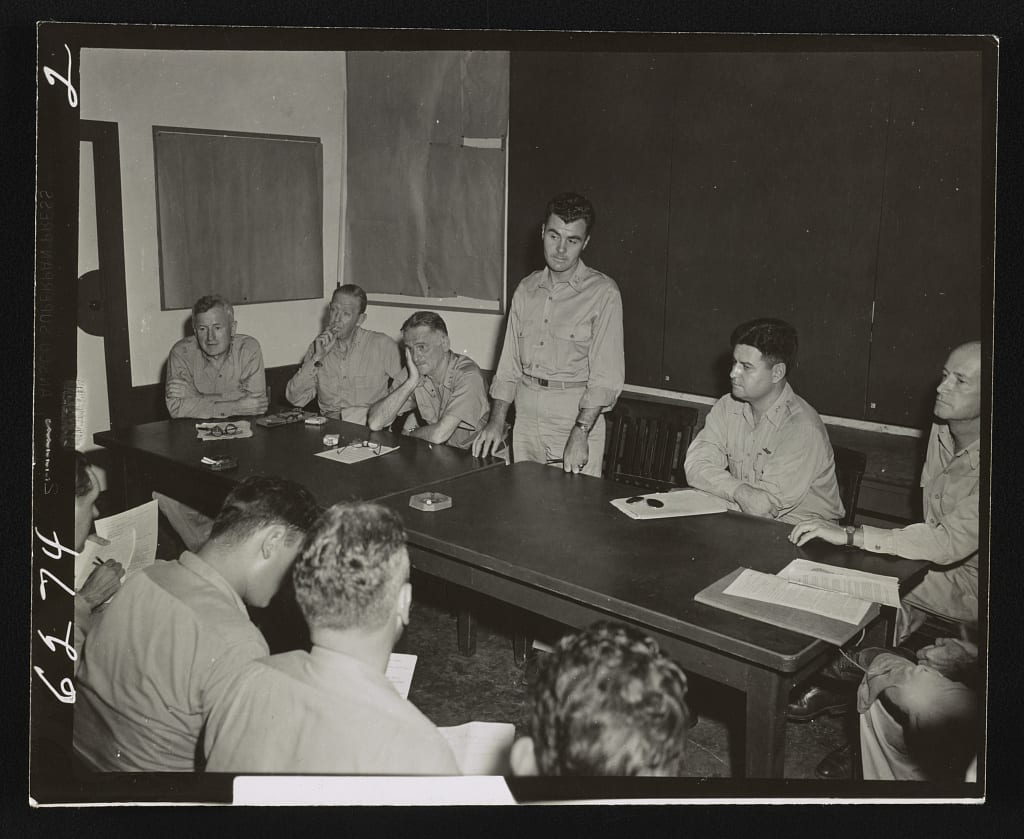
Introduction
In World War II, the United States and Britain executed massive aerial bombing attacks on European cities. The initial goal was strategic bombing – destroying industrial, manufacturing, and transportation facilities while sparing civilian areas. These distinctions gradually broke down during the war, especially when the US began bombing Japanese cities with conventional weapons. By the time the United States dropped the atomic bomb on Hiroshima, efforts to separate military from civilian targets had ceased.
The War Department created the United States Strategic Bombing Survey to evaluate the effectiveness of these various bombing campaigns in Europe and the Pacific, including the physical devastation caused by dropping atomic bombs on Hiroshima and Nagasaki. Besides assessing the damage to Japan, the report also suggested that the data collected would be useful in helping the United States defend its cities in the future from nuclear attack. The following excerpt is taken from the conclusion of the report. We can see in it the germ of the civil defense efforts in the United States in the 1950s and 1960s.
Source: Chapter IV: “Signposts,” United States Strategic Bombing Survey (Government Printing Office: Washington, D.C., 1946), p. 36 – 43. https://goo.gl/WZvcgG.
A. The Danger
The Survey’s investigators, as they proceeded about their study, sound an insistent question framing itself in their minds: “What if the target for the bomb had been an American City?” True, the primary mission of the Survey was to ascertain the facts just summarized. But conclusions as to the meaning of those facts, for citizens of the United States, forced themselves almost inescapably on the men who examined thoughtfully the remains of Hiroshima and Nagasaki. . . .
B. What Can We Do About It
The danger is real – of that, the Survey’s findings leave no doubt. Scattered through those findings, at the same time, are the clues to the measures that can be taken to cut down potential losses of lives and property. These measures must be taken or initiated now, if their cost is not to be prohibitive. But if a policy is laid down, well in advance of any crisis, it will enable timely decentralization of industrial and medical facilities, construction or blueprinting of shelters, and preparation for life-saving evacuation programs. The almost unprotected, completely surprised cities of Japan suffered maximum losses from atomic bomb attack. If we recognize in advance the possible danger and act to forestall it, we shall at worst suffer minimum casualties and disruption.
Since modern science can be marshalled for the defense as well as the attack, there is reason to hope that protective weapons and techniques will be improved. Even protective devices and vigilance, however, cannot be perfect guards against surprise or initial attack, or against the unlimited choices of targets offered an enemy through the range and speed of modern weapons. In our planning for the future, if we are realistic, we will prepare to minimize the destructiveness of such attacks, and so organize the economic and administrative life of the Nation that no single or small group of successful attacks can paralyze the national organism. The foregoing description of the effectiveness of the atomic bomb has shown clearly that, despite its awesome power, it has limits of which wise planning will take prompt advantage.
1. Shelters
The most instructive fact at Nagasaki was the survival, even when near ground zero, of the few hundred people who were properly placed in the tunnel shelters. Carefully built shelters, though unoccupied, stood up well in both cities. Without question, shelters can protect those who get to them against anything but a direct hit. Adequate warning will assure that a maximum number get to shelters.
Analysis of the protection of survivors within a few hundred feet of ground zero shows that shielding is possible even against gamma rays. At Hiroshima, for example, persons in a concrete building 3,600 feet from ground zero showed no clinical effects from gamma radiation, but those protected only by wooden buildings at a similar distance suffered from radiation disease. The necessary thickness varies with the substance and with the distance from the point of detonation. Adequate shelters can be built which will reduce substantially the casualties from radiation.
Men arriving at Hiroshima and Nagasaki have been constantly impressed by the shells of reinforced concrete buildings still rising above the rubble of brick and stone or the ashes of wooden buildings. In most cases gutted by fire or stripped of partitions and interior trim, these buildings have a double lesson for us. They show, first, that it is possible without excessive expense to erect buildings which will satisfactorily protect their contents at distances of about 2,000 feet or more from a bomb of the types so far employed. Construction of such buildings would be similar to earthquake resistant construction, which California experience indicates would cost about 10 percent to 15 percent more than conventional construction. Even against more powerful bombs or against near misses, such construction would diminish damage. Second, the internal damage illustrates the danger from interior details and construction which result in fire or flying debris in otherwise sound buildings. The elimination of combustible interiors and the provision of full-masonry partition walls, fire-resistive stair and elevator enclosures, and fire division walls would localize fires. . . .
. . . .
3. Civilian Defense
Because the scale of disaster would be certain to overwhelm the locality in which it occurs, mutual assistance organized on a national level is essential. Such national organization is by no means inconsistent with decentralization; indeed, it will be aided by the existence of the maximum number of nearly self-sustaining regions whose joint support it can coordinate. In addition, highly trained mobile units skilled in and equipped for fire-fighting, rescue work, and clearance and repair should be trained for an emergency which disrupts local organization and exceeds its capability for control.
Most important, a national civilian defense organization can prepare now the plans for necessary steps in case of crisis. Two complementary programs which should be worked out in advance are those for evacuation of unnecessary inhabitants from threatened urban areas, and for rapid erection of adequate shelters for people who must remain.
4. Active Defense
Protective measures can substantially reduce the degree of devastation from an atomic bomb and the rate of casualties. Yet if the possibility of atomic attack on us is accepted, we must accept also the fact that no defensive measures alone can long protect us. At best they can minimize our losses and preserve the functioning of the national community through initial or continuing partial attack. Against full and sustained attacks they would be ineffectual palliatives.
As defensive weapons, atomic bombs are useful primarily as warnings, as threats of retaliation which will restrain a potential aggressor from their use as from the use of poison gas or biological warfare. The mission of active defense, as of passive defense, is thus to prevent the surprise use of the atomic bomb from being decisive. A wise military establishment will make sure – by dispersal, concealment, protection, and constant readiness of its forces – that no single blow or series of blows from an enemy can cripple its ability to strike back in the same way or to repel accompanying attacks from other air, ground, or sea forces. The measures to enable this unrelaxing state of readiness are not new; only their urgency is increased. Particularly is this true of the intelligence activities on which informed decisions and timely actions depend.
The need for research is not limited to atomic energy itself, but is equally important in propellants, detection devices, and other techniques of countering and of delivering atomic weapons. Also imperative is the testing of the weapon’s potentialities under varying conditions. The coming Operation Crossroads,1 for example, will give valuable data for defining more precisely what is already known about the atomic bomb’s effectiveness when air-burst; more valuable, however, will be tests under new conditions, to provide sure information about detonations at water level or under water, as well as underground. While prediction of effects under differing conditions of detonation may have a high degree of probability, verified knowledge is a much better basis for military planning.
5. Conclusion
One further measure of safety must accompany the others. To avoid destruction, the surest way is to avoid war. This was the Survey’s recommendation after viewing the rubble of German cities, and it holds equally true whether one remembers the ashes of Hiroshima or considers the vulnerability of American cities.
Our national policy has consistently had as one of its basic principles the maintenance of peace. Based on our ideals of justice and of peaceful development of our resources, this disinterested policy has been reinforced by our clear lack of anything to gain from war – even in victory. No more forceful arguments for peace and for the international machinery of peace than the sight of the devastation of Hiroshima and Nagasaki have ever been devised. As the developer and exploiter of this ominous weapon, our nation has a responsibility, which no American should shirk, to lead in establishing and implementing the international guarantees and controls which will prevent its future use.
- 1. Nuclear weapons tests carried out at Bikini atoll in 1946
Report on the Nuremberg Trials
October 07, 1946
Conversation-based seminars for collegial PD, one-day and multi-day seminars, graduate credit seminars (MA degree), online and in-person.
